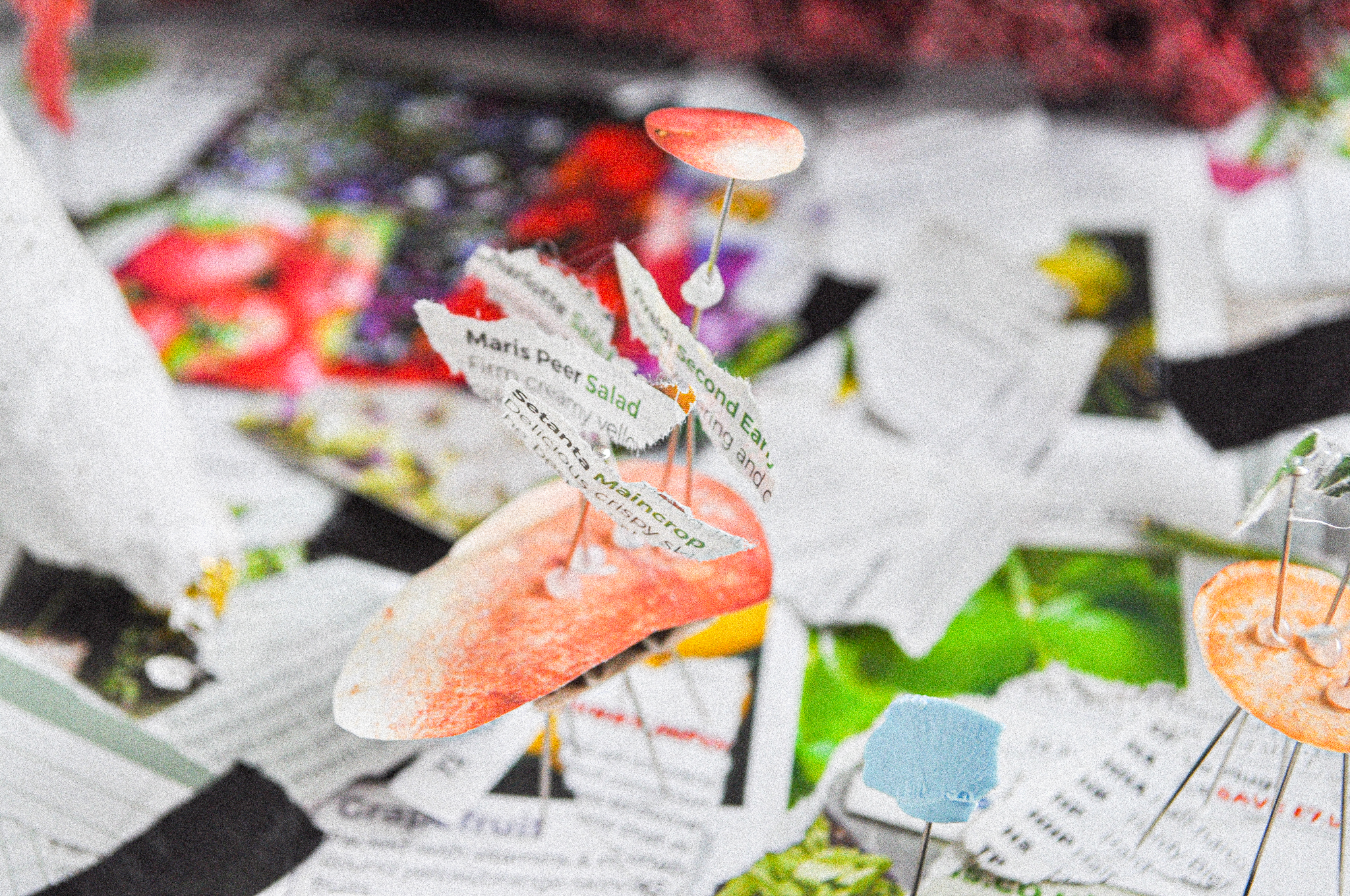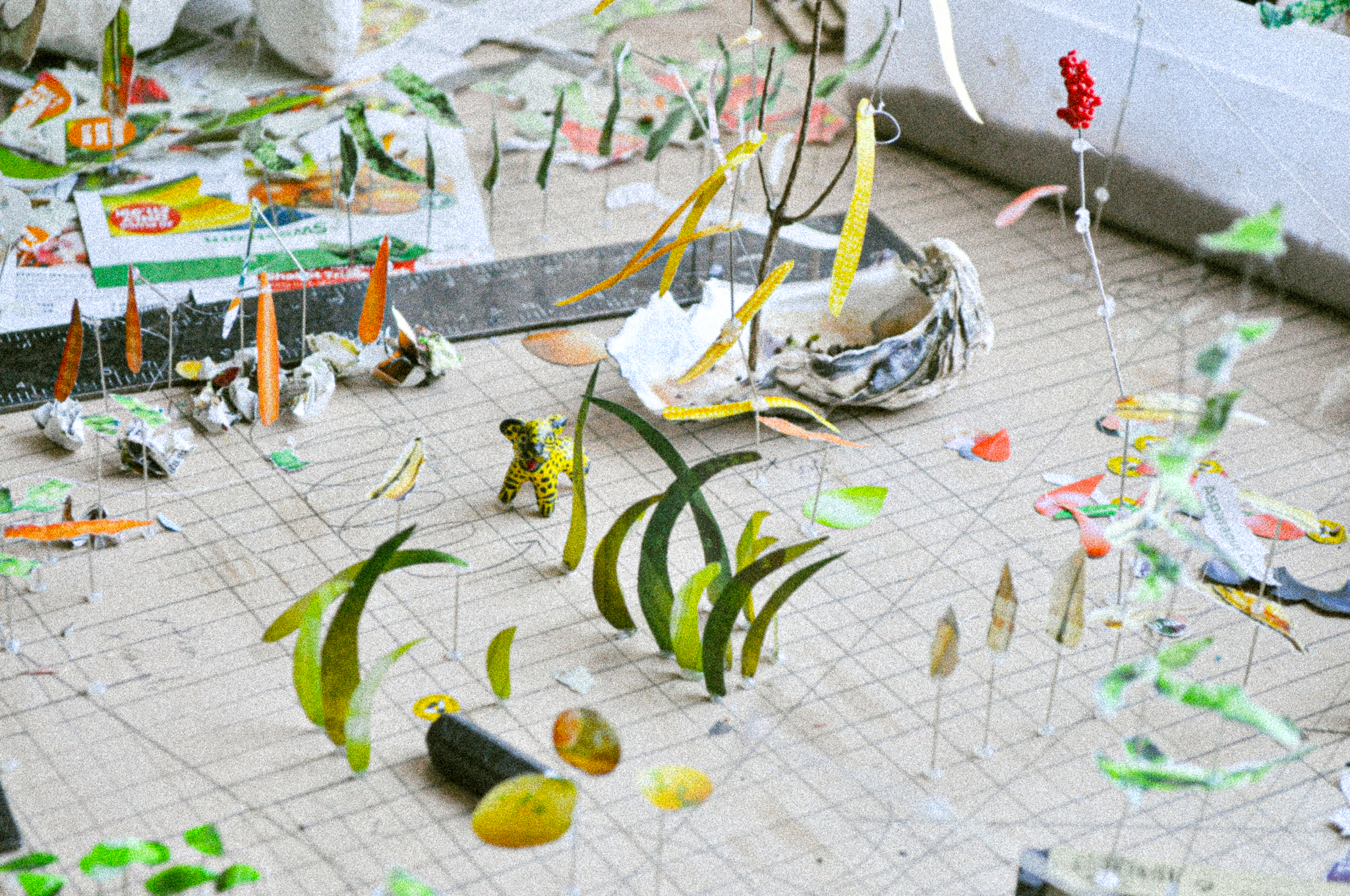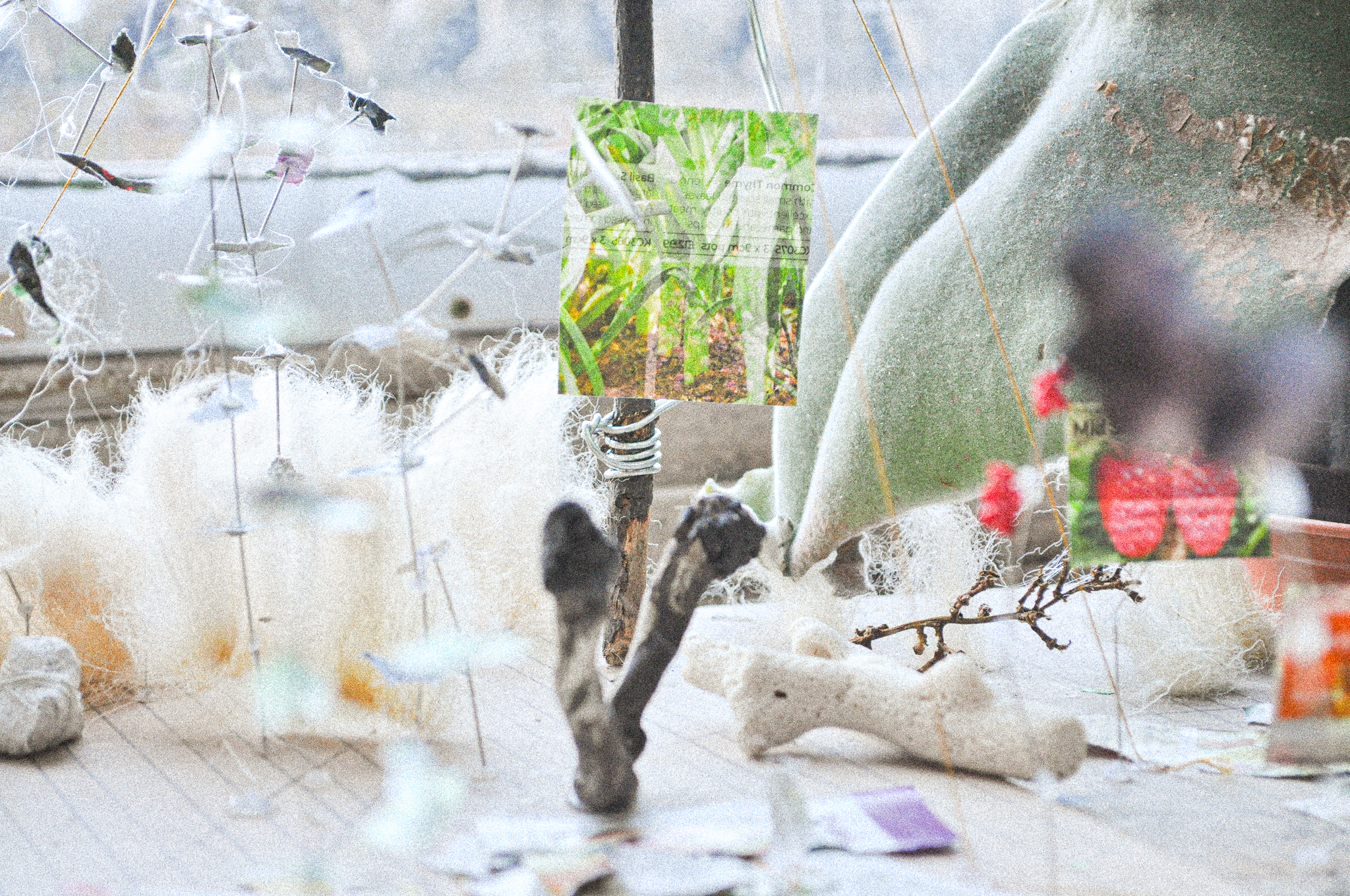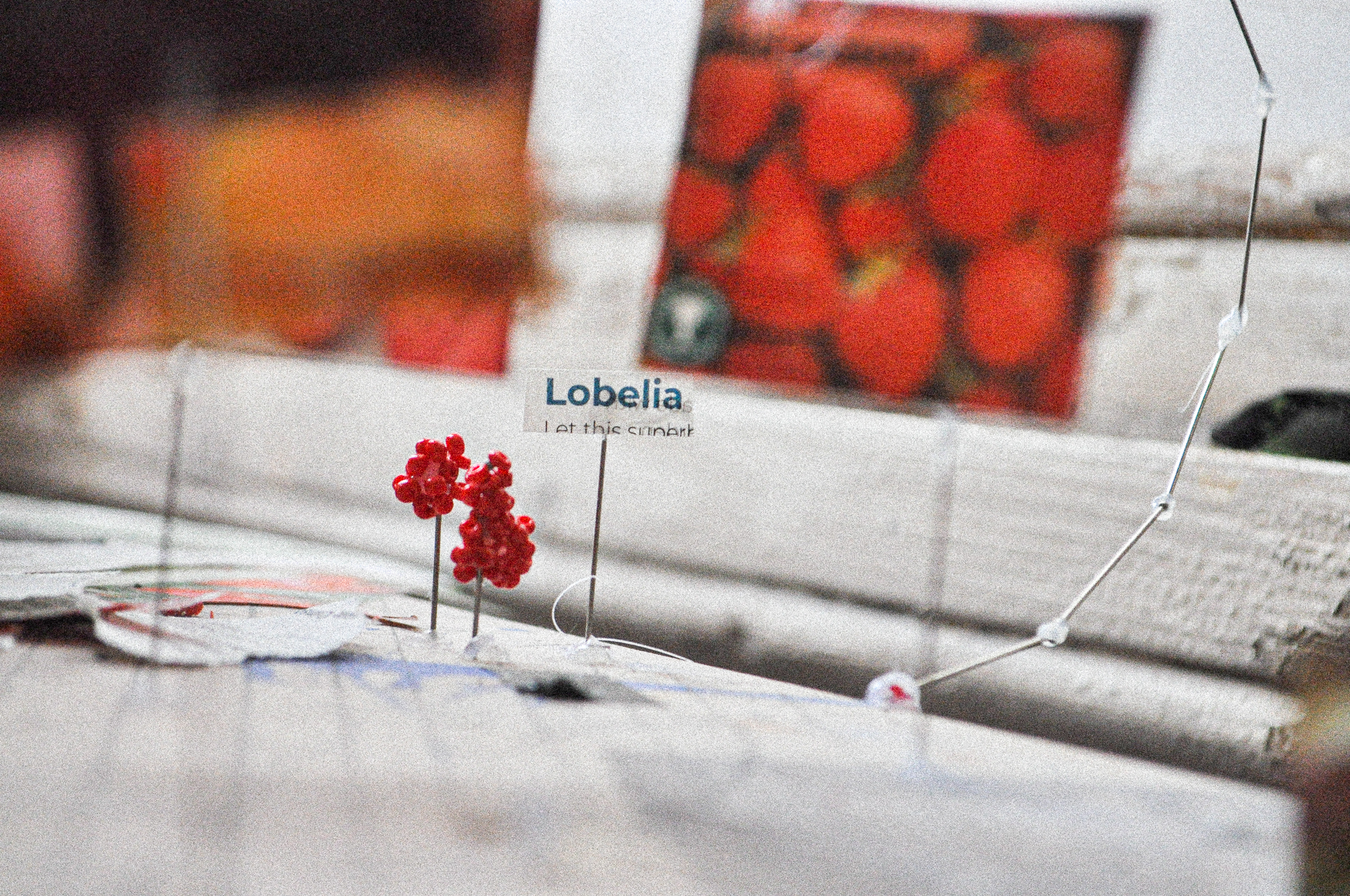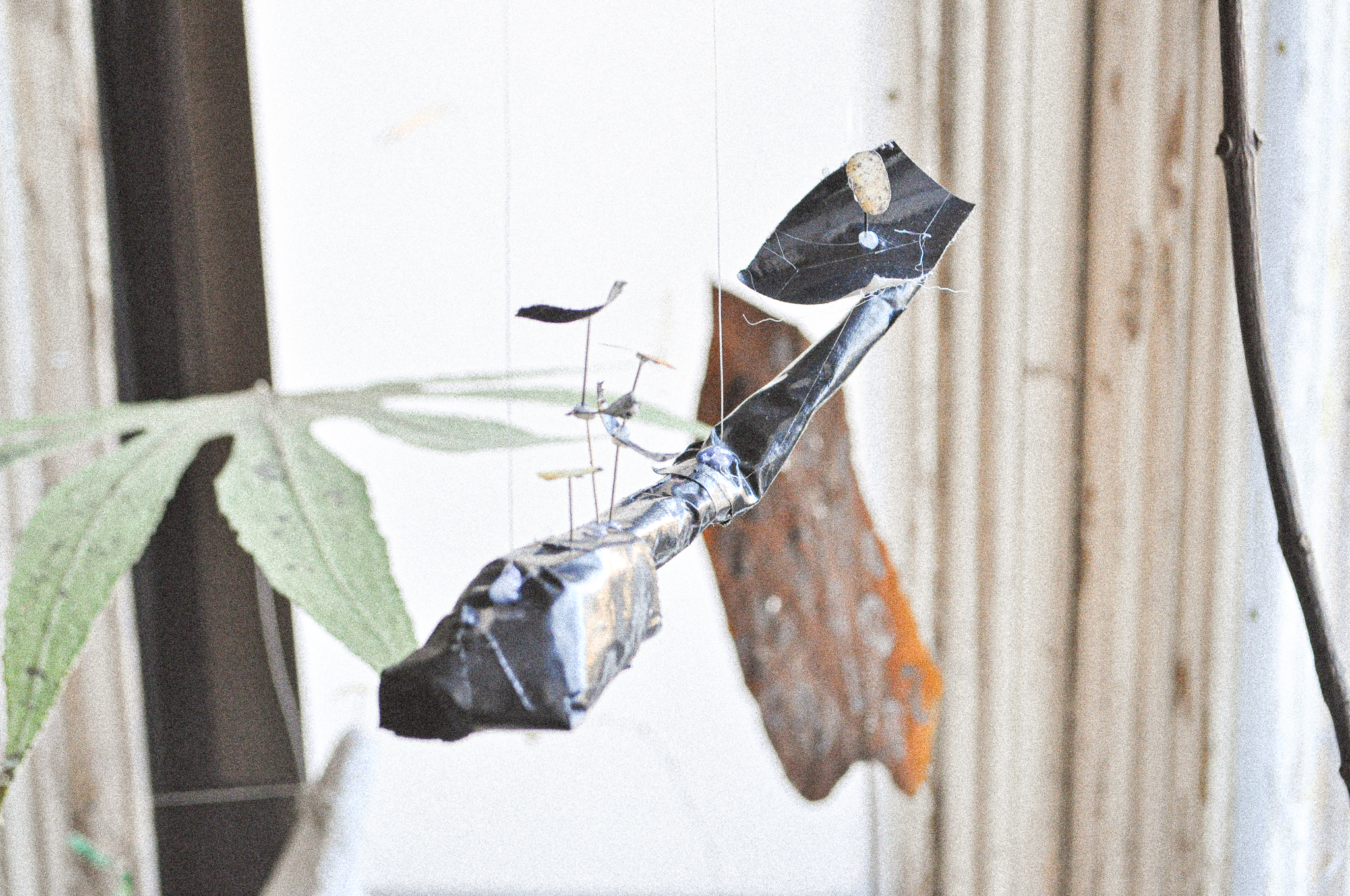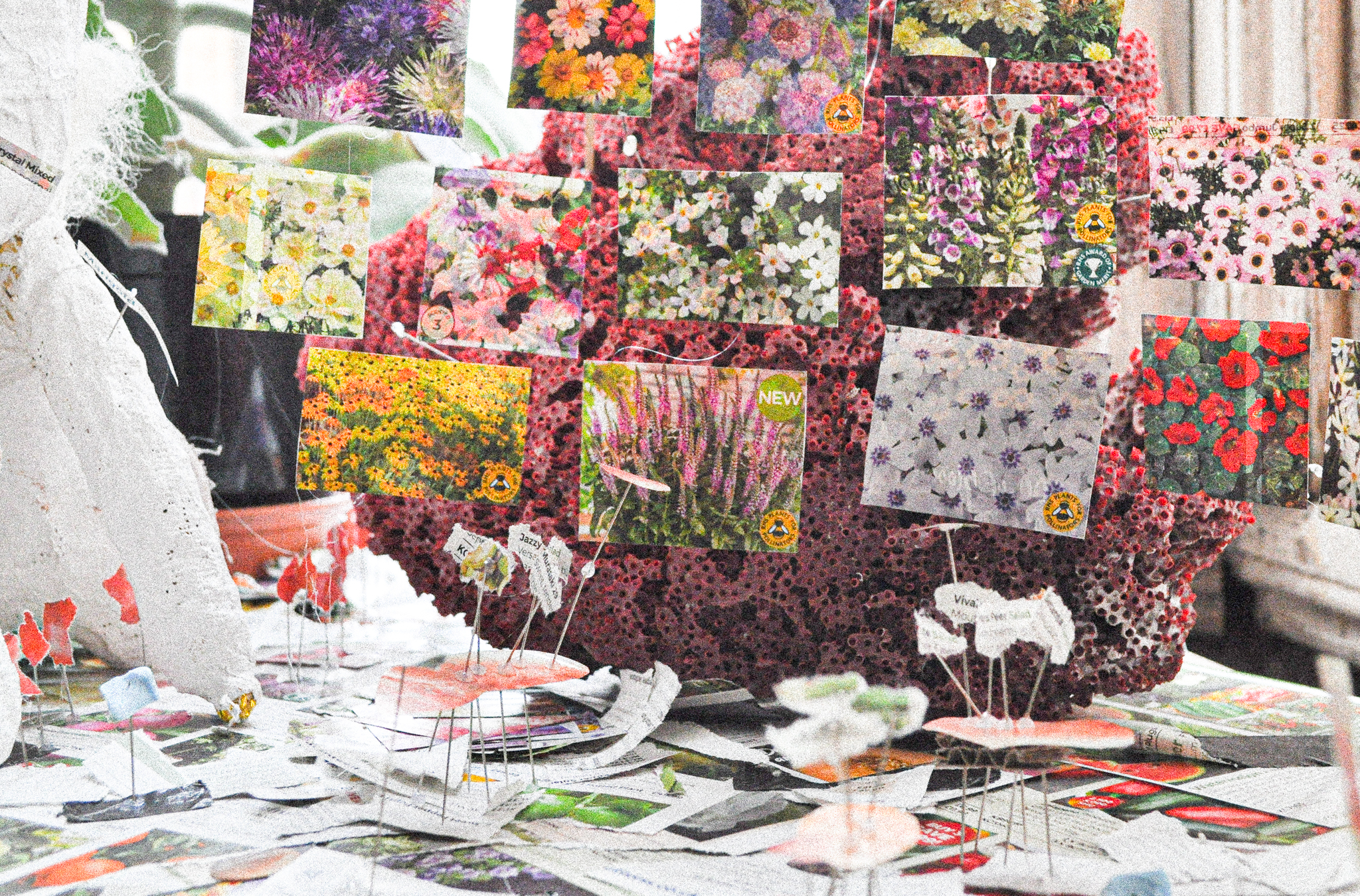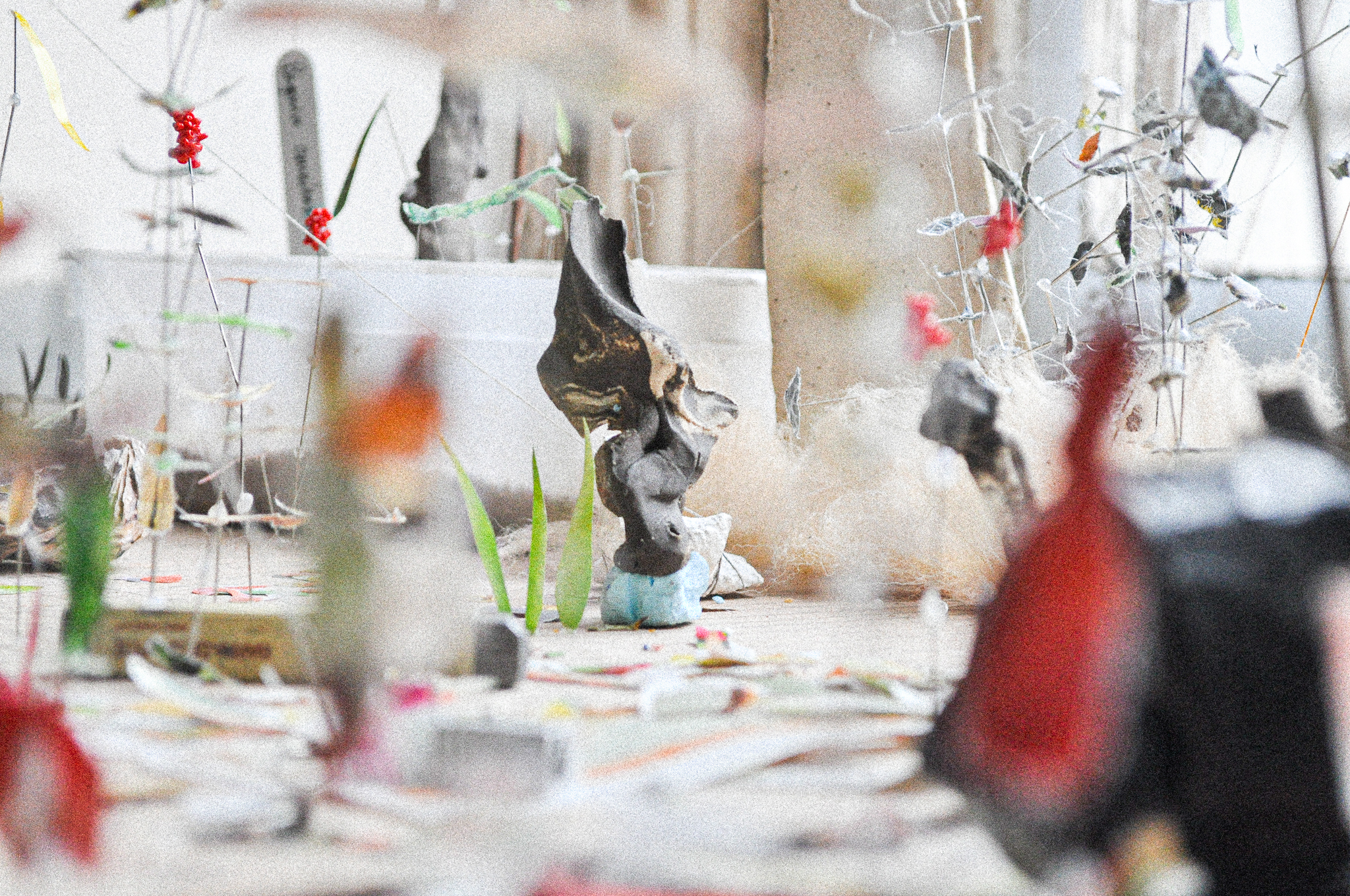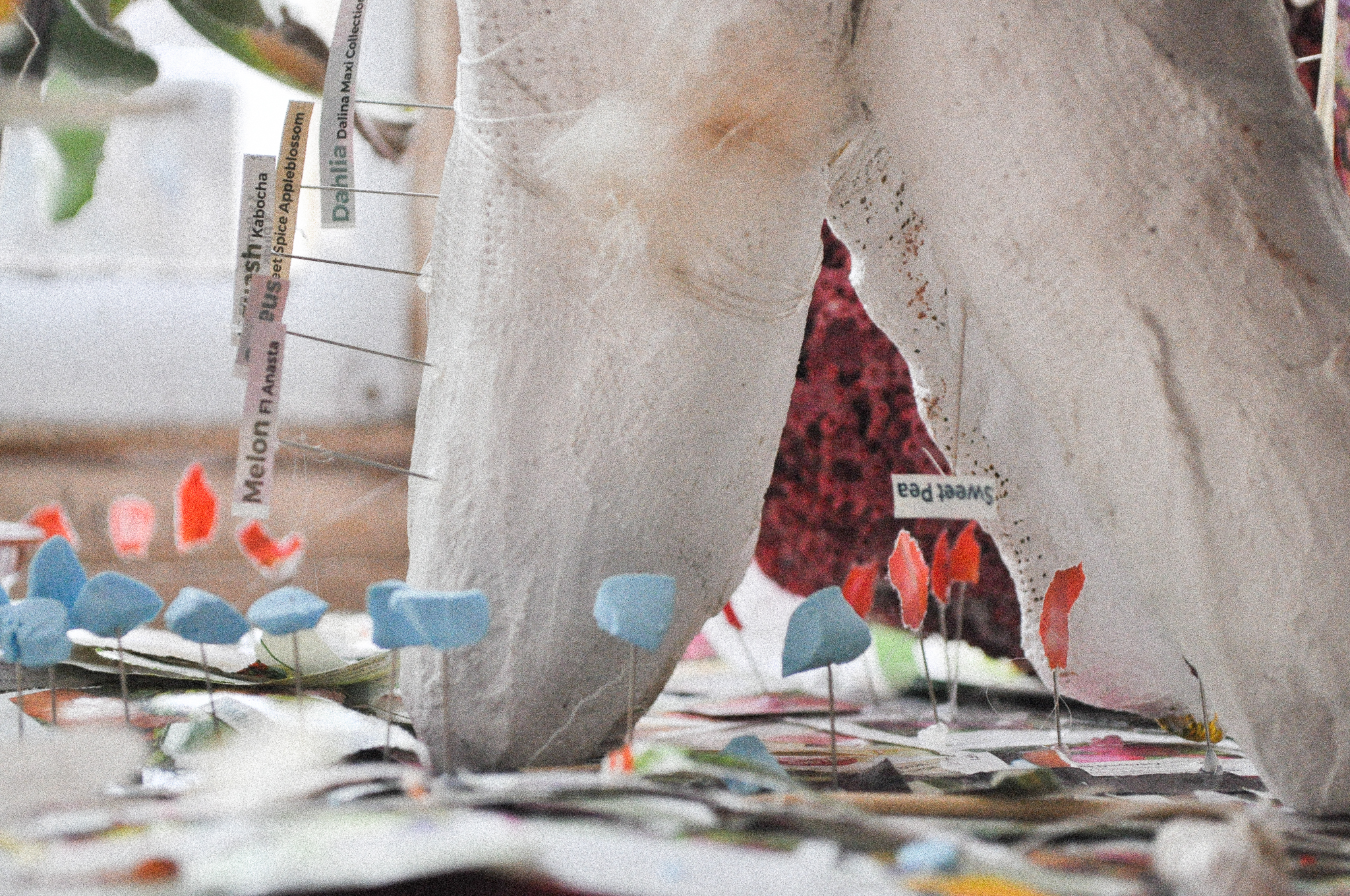Upcoming Show
‘The Worm’s Theatre’
Exhibition at GroundWorks Gallery, Norfolk
24th of January - 28th of February 2026
MORE INFO
Up coming show
‘The Worm’s Theater’
Private view on January 24th, 2026
GroundWork Gallery
17 Purfleet Street, King’s Lynn, Norfolk
Exhibition runs
Saturdays, 11am–4pm
Jan 24 & 31 / Feb 7, 14, 21, 28
This project was developed in collaboration with artist Stuart Alexander for the lighting design; Petri Huurinainen who brought the sculptures to life with a resonant sound composition ; Dr. Stroud Jacqueline and Jessica Fannon for sharing sounds recording of soil ecology from the Warwick Crop Centre, School of Life Sciences, University of Warwick.
The project was generously supported by Art Council England with the DYPC grant and GroundWork Gallery.
Poster by Valentine Ezavin.
‘The Worm’s Theater’
Private view on January 24th, 2026
GroundWork Gallery
17 Purfleet Street, King’s Lynn, Norfolk
Exhibition runs
Saturdays, 11am–4pm
Jan 24 & 31 / Feb 7, 14, 21, 28
This project was developed in collaboration with artist Stuart Alexander for the lighting design; Petri Huurinainen who brought the sculptures to life with a resonant sound composition ; Dr. Stroud Jacqueline and Jessica Fannon for sharing sounds recording of soil ecology from the Warwick Crop Centre, School of Life Sciences, University of Warwick.
The project was generously supported by Art Council England with the DYPC grant and GroundWork Gallery.
Poster by Valentine Ezavin.
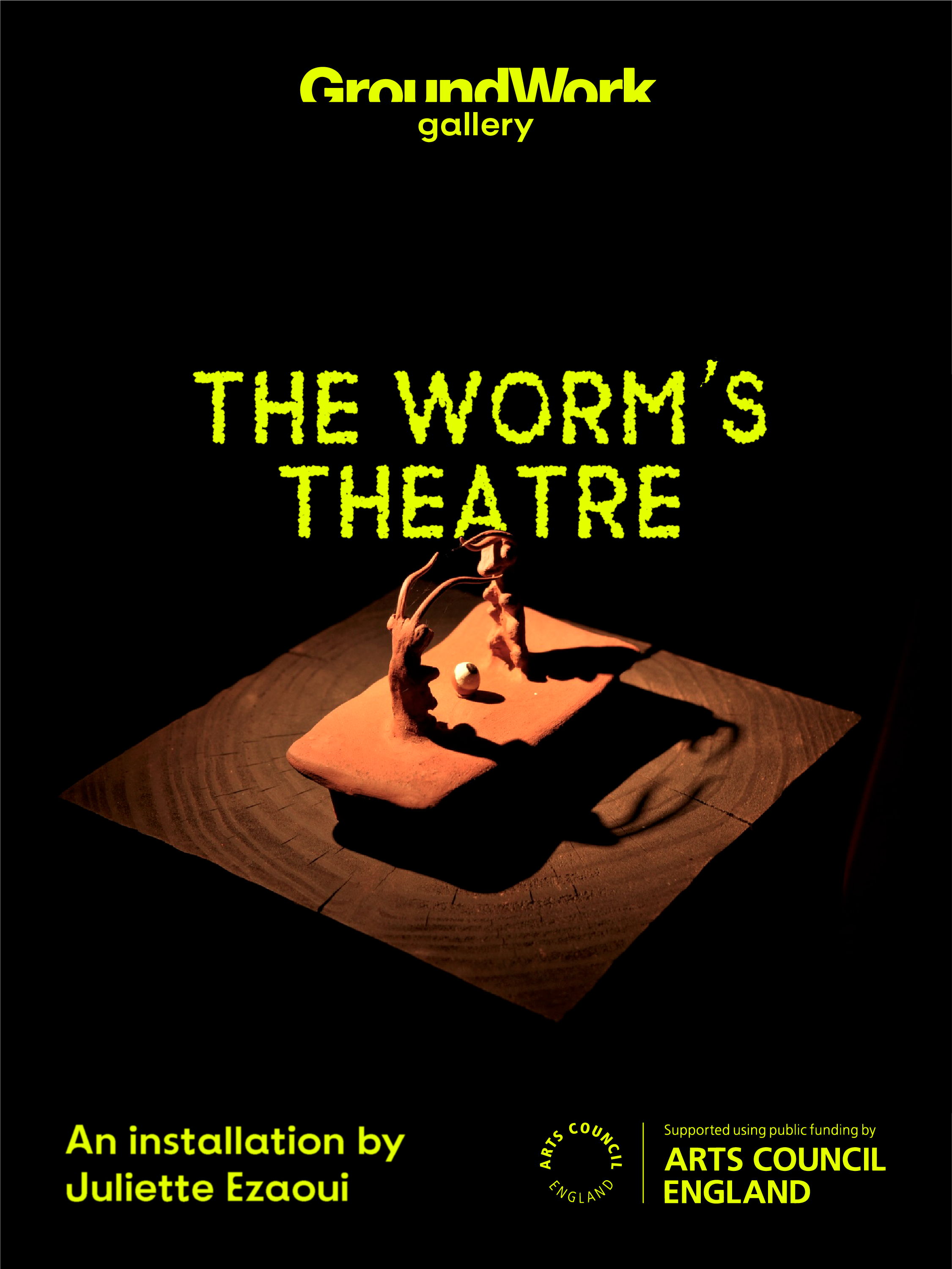
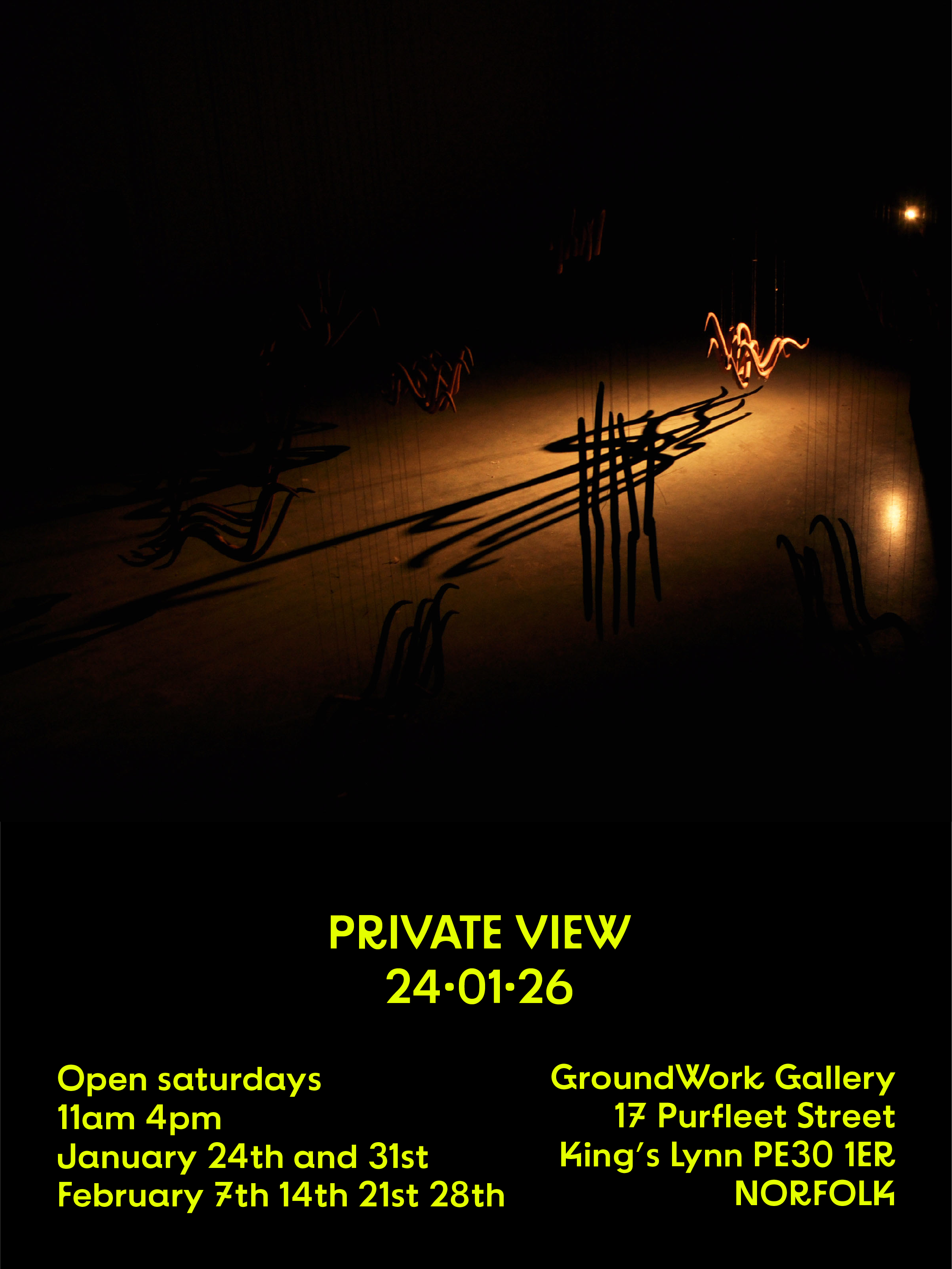
‘The Worm’s Theater’ 2025
Work created at Antony Gormley Residency. High House, Fondation Fondation.
Terracotta, pigment, pin, oak, cotton, mild steel, lights, sound.
Dimension of the installation on photograph App. 7m x 5m.
Conceived as a subterranean theater, the piece casts worms and other soil-dwelling creatures as performers in a succession of scenes revealed one by one by the movement of lights.
The clay sculptures are inspired by Minoan ritual objects of the late Bronze Age, elevating the fauna of the soil and the eye motif to a sacred status. The eye being a key symbol alluding both to the soil’s secret fauna and to the human gaze: bringing forward the subject of observation.
Each sculpture is staged in timber structures, referencing circus and Asian architecture, generating a ritualistic scenography. Small lights move, turn on and off within the installation, casting shifting shadows on the surrounding walls, revealing at times different acts of the theater taking place in the hidden depths of the soil.



‘The Invisible Theatre’, 2025
Series of drawings made during a residency at Joya: Arte +Ecologia/Air Residency in Andalousia in February 2025.
Brown ink on natural paper, 250 gr, 14cmx21cm.
Lately I carried on my obsession for what happens under our feet, what we too often see as dirt. But this discarded layer is actually the gold of our civilization, and we depend 100% on it, with food and oxygen being the most obvious examples. I love to squat and observe what is happening. If you have a microscope, it's Regent Street on a Friday before Christmas—every second, every day and night. All these lovely creatures are moving and transforming minerals and organic matter to make this gold—soil. I admire them so much that I created a whole new body of work about this restless micro-world which i love above all.
Series of drawings made during a residency at Joya: Arte +Ecologia/Air Residency in Andalousia in February 2025.
Brown ink on natural paper, 250 gr, 14cmx21cm.
Lately I carried on my obsession for what happens under our feet, what we too often see as dirt. But this discarded layer is actually the gold of our civilization, and we depend 100% on it, with food and oxygen being the most obvious examples. I love to squat and observe what is happening. If you have a microscope, it's Regent Street on a Friday before Christmas—every second, every day and night. All these lovely creatures are moving and transforming minerals and organic matter to make this gold—soil. I admire them so much that I created a whole new body of work about this restless micro-world which i love above all.
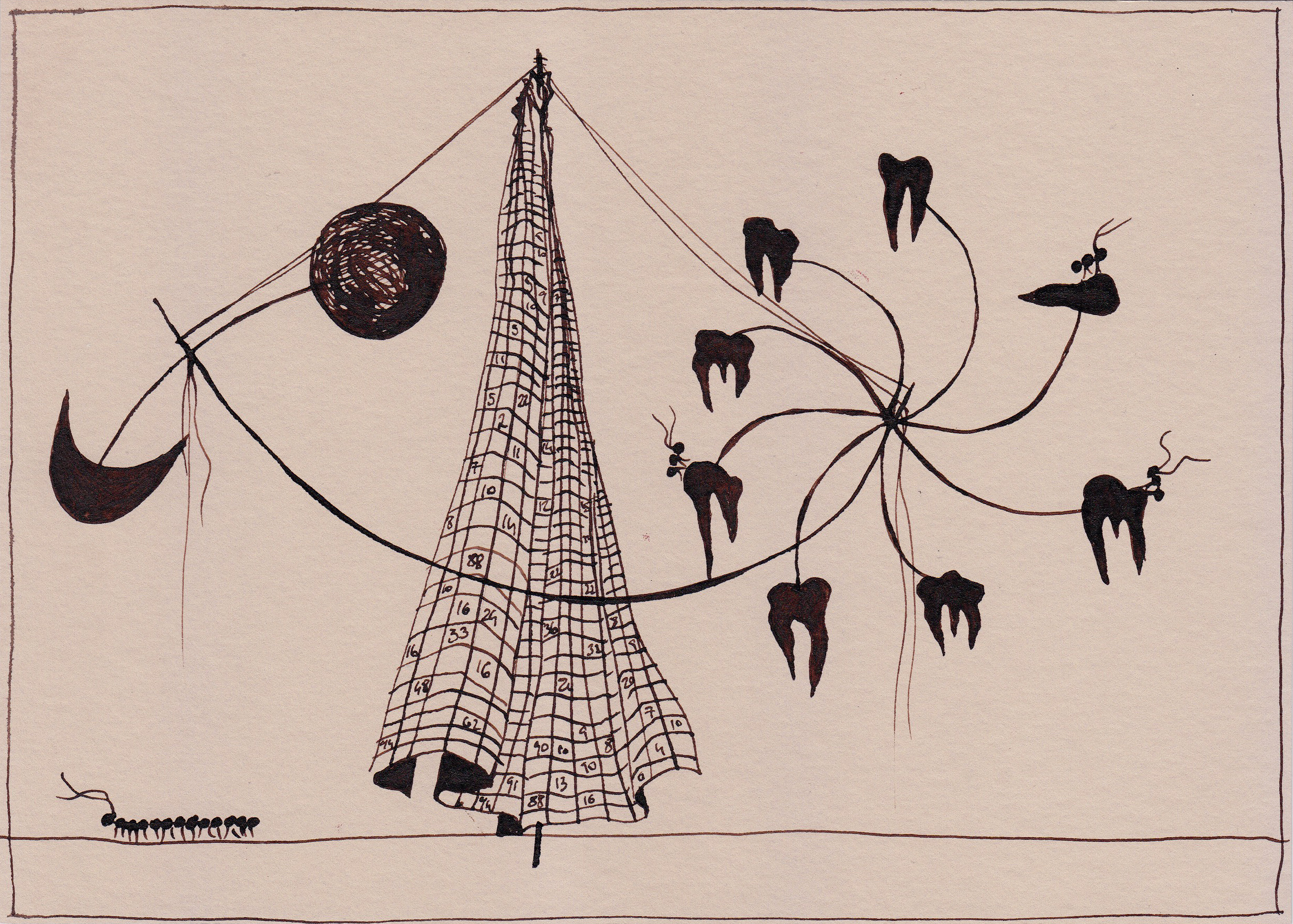




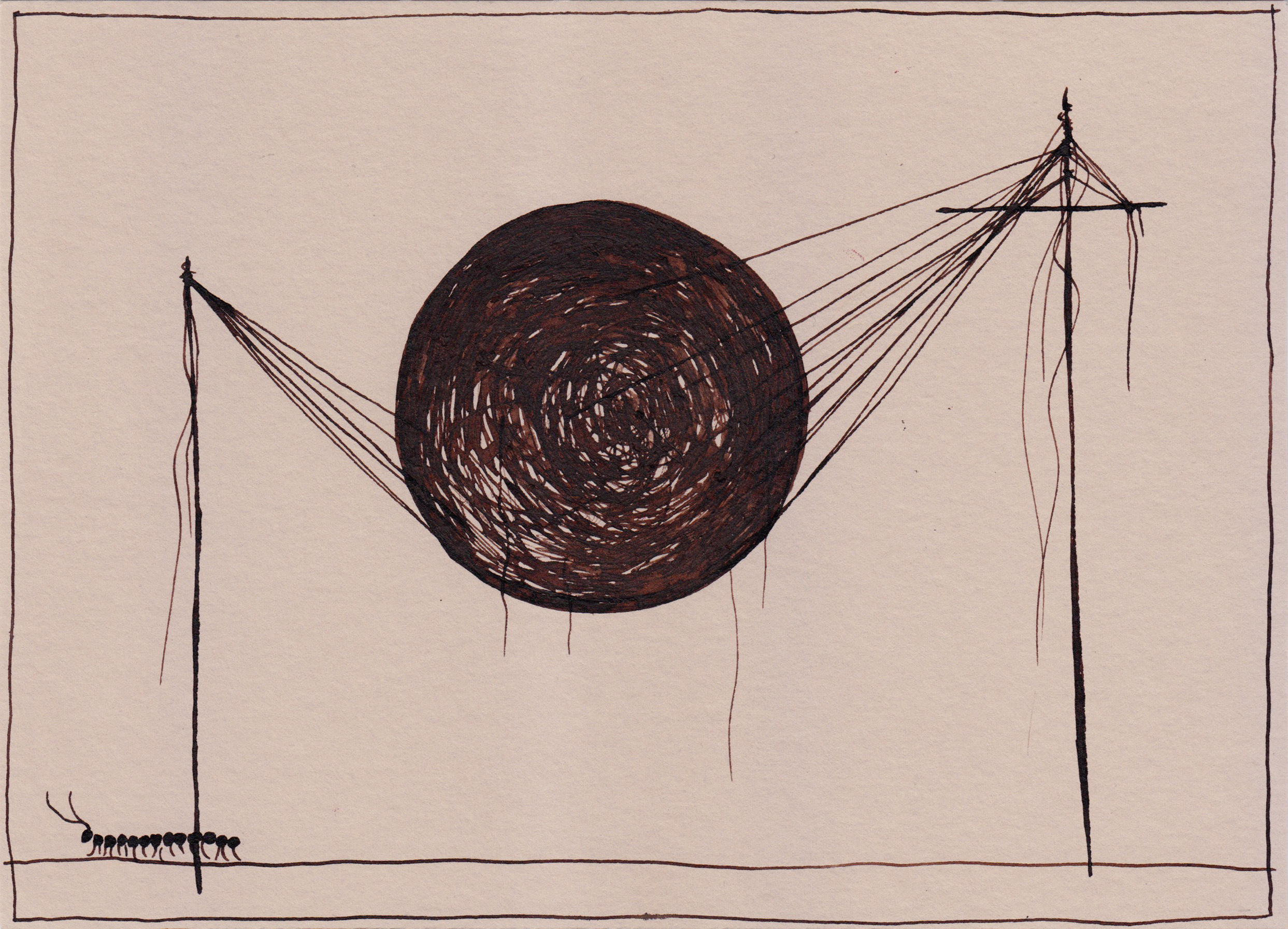
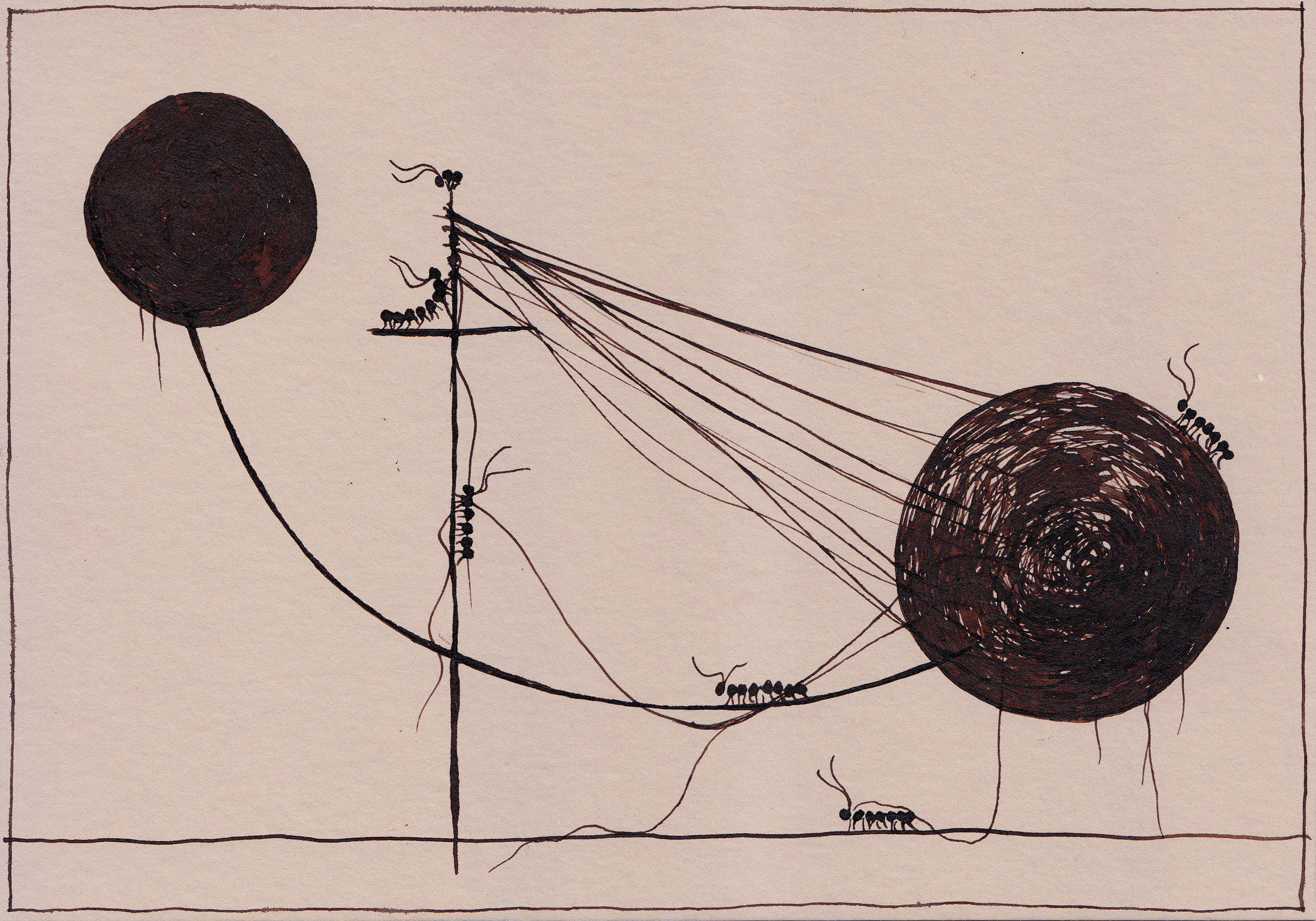



‘Erosion’, 2025
Series of photographs made in the Natural Park of Sierra María - Los Vélez in Andalusia at Joya:Arte+Ecologia residency.
Sculpture, glazed porcelain eyes .
Series of photographs made in the Natural Park of Sierra María - Los Vélez in Andalusia at Joya:Arte+Ecologia residency.
Sculpture, glazed porcelain eyes .



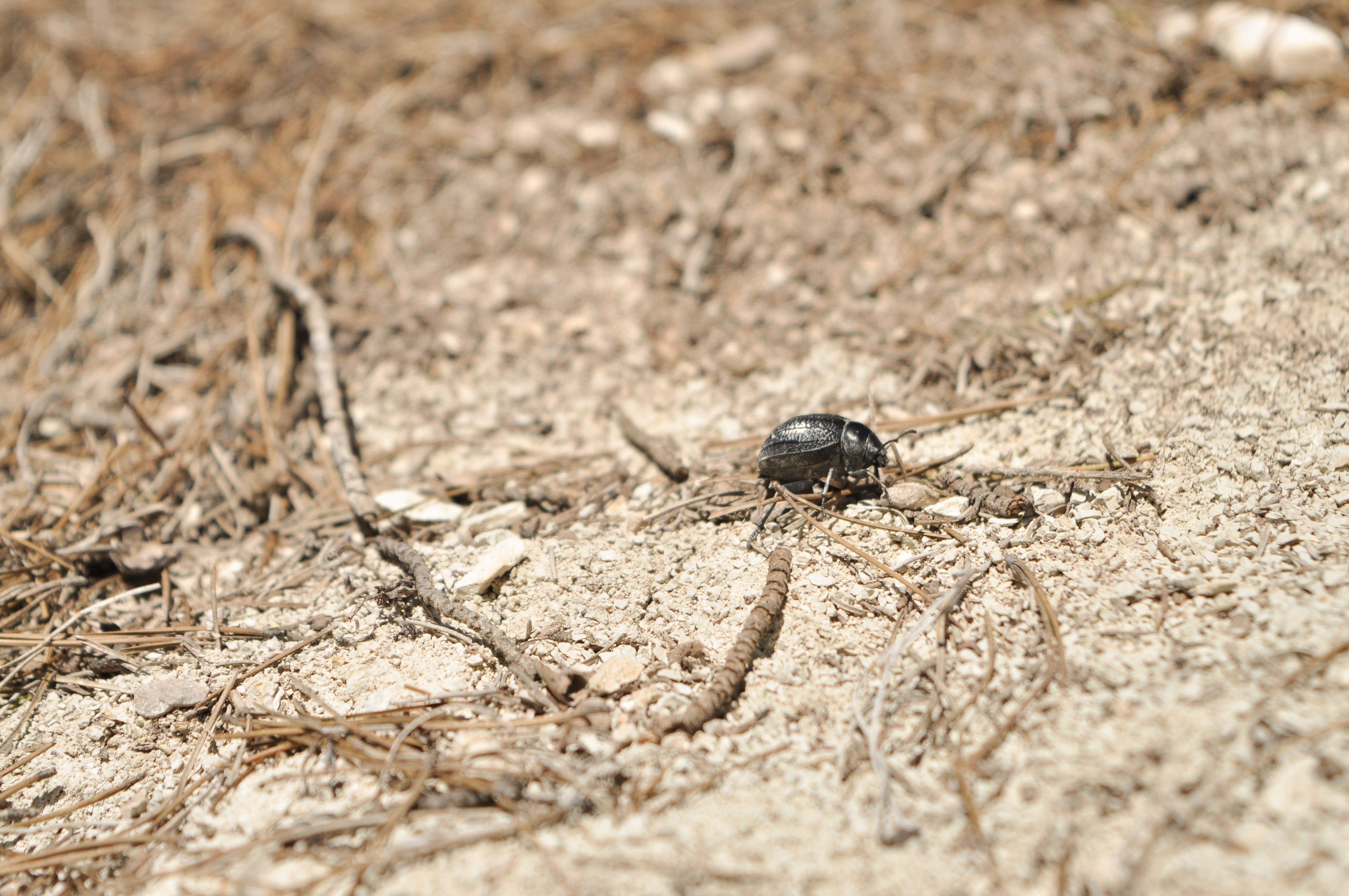

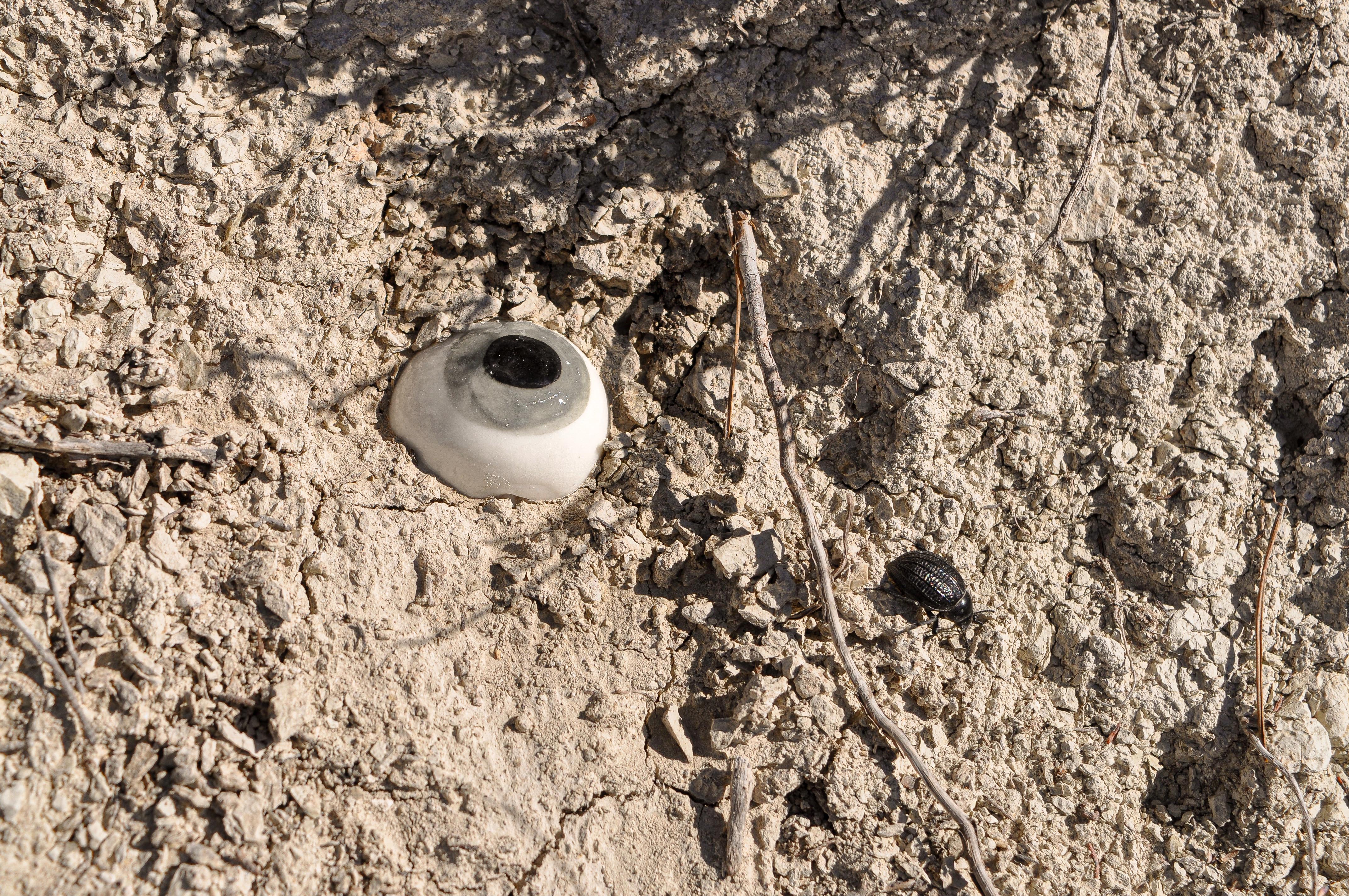

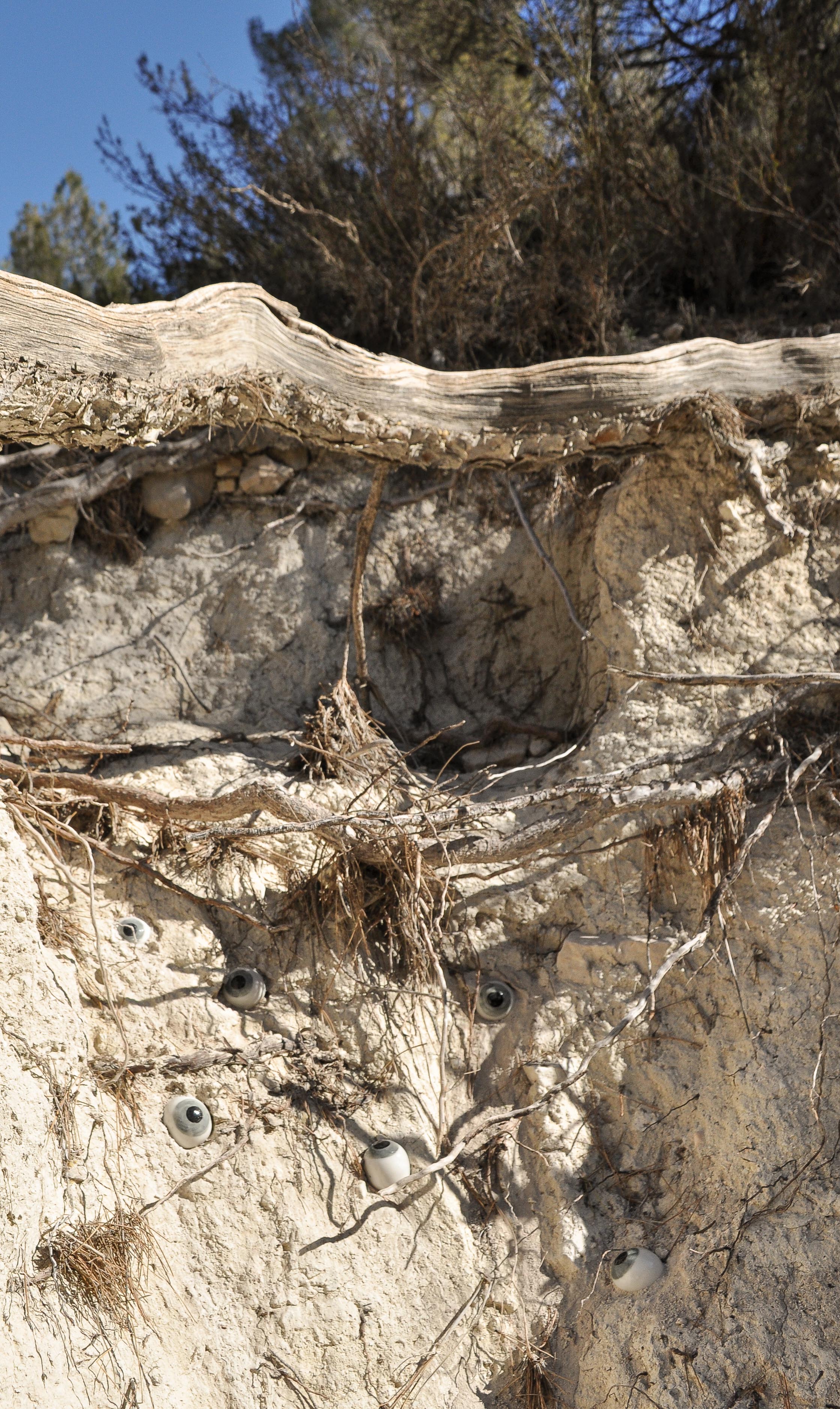
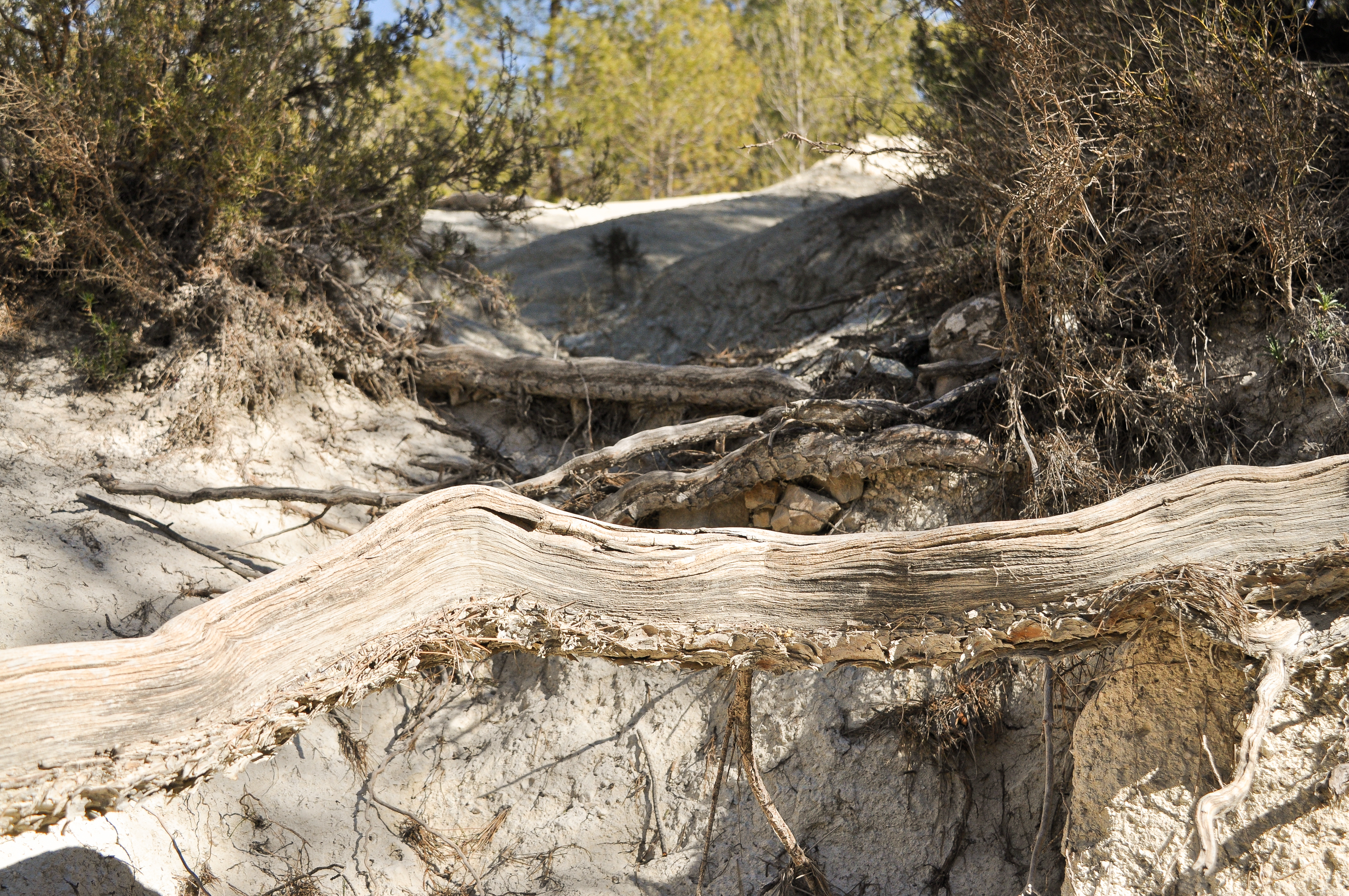
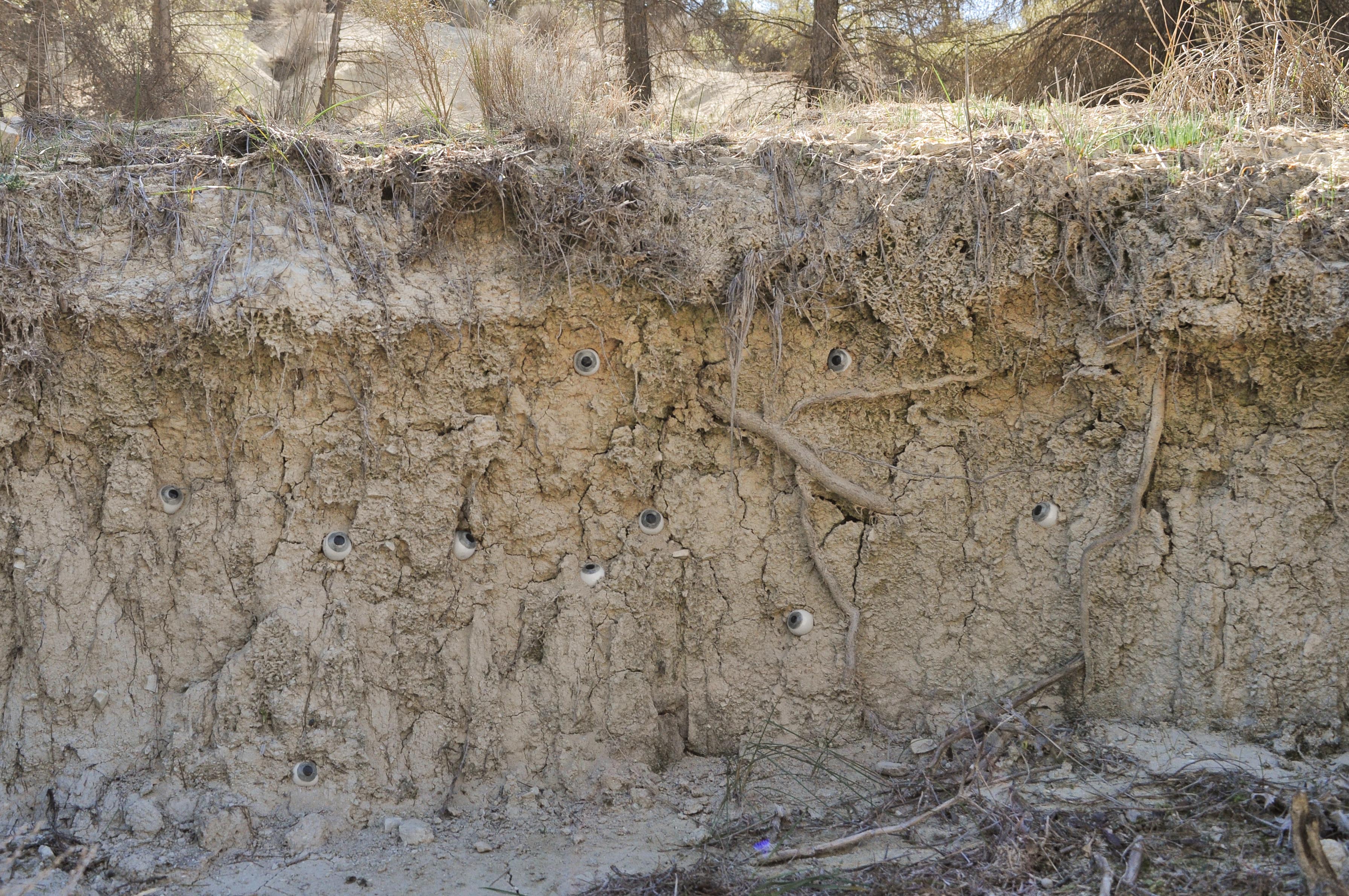
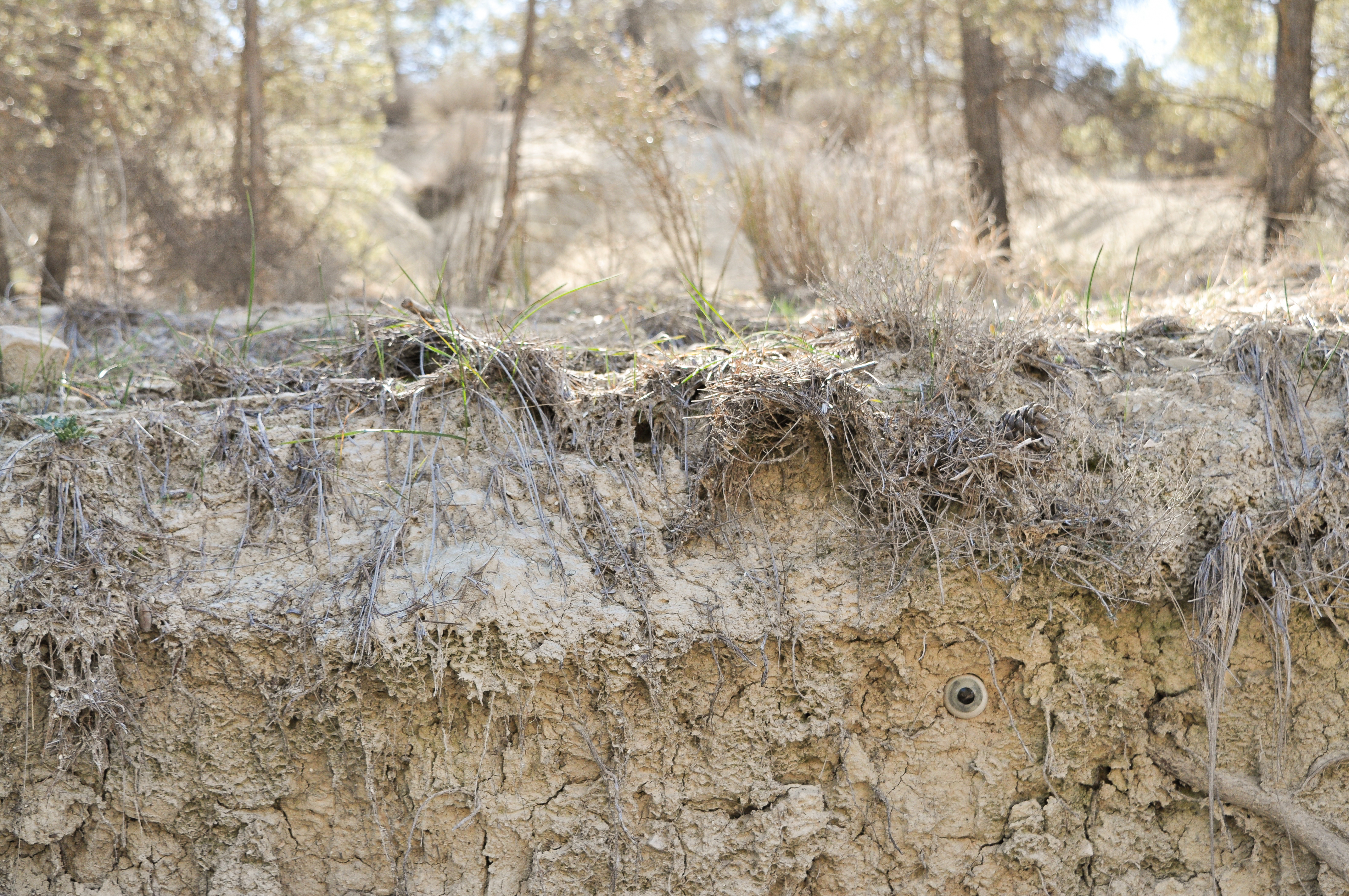
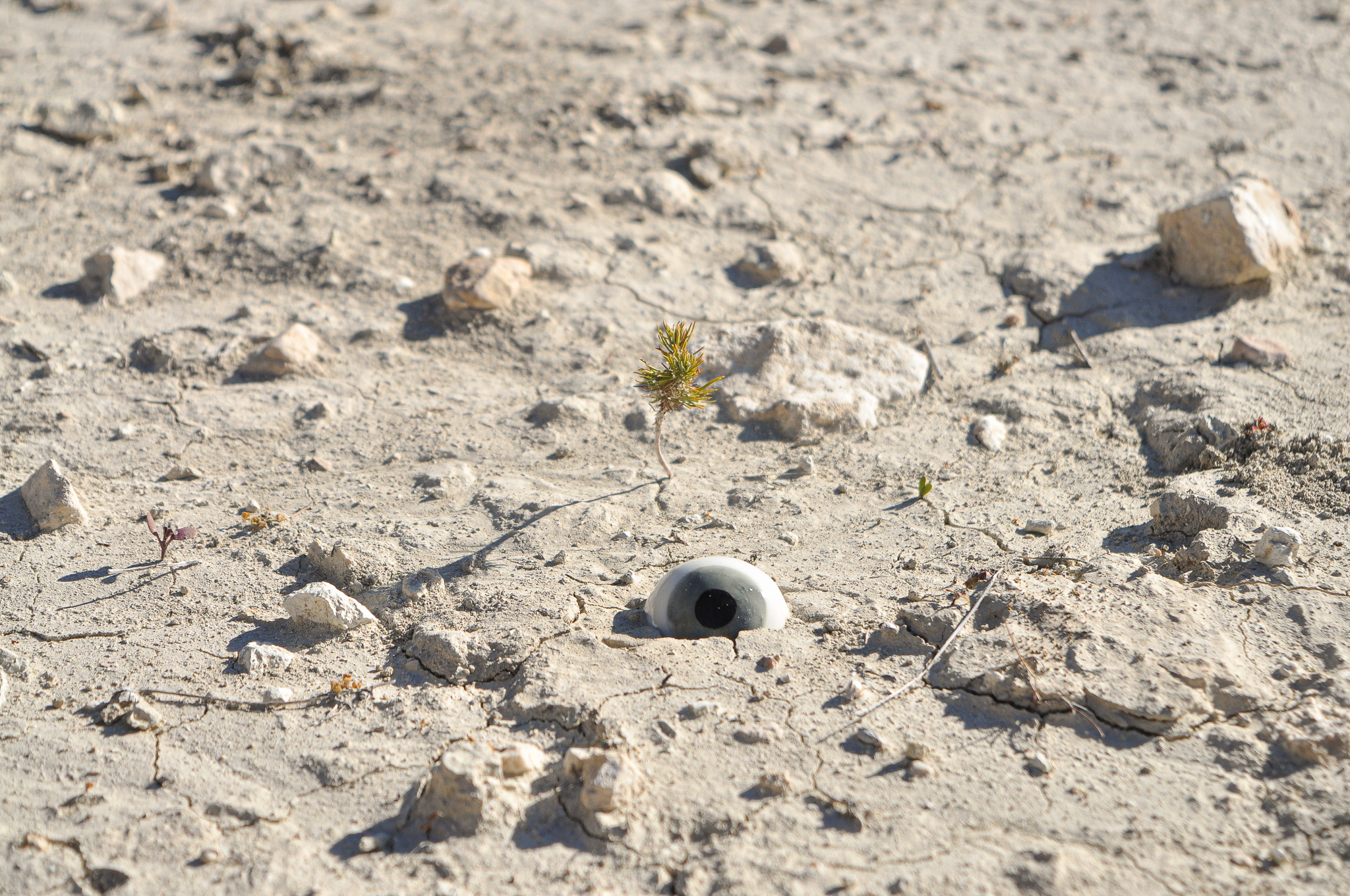
‘The Secret Kiss’, 2024
Comissioned by House of Voltaire
Glazed porcelain, earthenware, pigments, powder coated brass and cotton, 60cmx50cmx5cm
‘The Secret Kiss’ is an artwork inspired by my fascination with observing the non-human world of the soil. After studying soil biology, I began developing a body of work where the micro-fauna of the soil became central characters in theatrical scenes, playful games, and skewed scientific tables, challenging the limitations of our anthropocentric understanding of the ecosystem.
These two worms symbolize the multitude of worlds that coexist beneath our feet. In the soil, life is thousands of times more active than above ground. Cation exchange, mutualisation, decay, growth—bacteria, fungi, protozoa, and animals continuously eat, reproduce, and die. In this piece, the worms gently dance, kiss, and court under the gaze of the human eye—whether curious or wandering—inviting a deeper empathy for the non-human world on which we are entirely dependent.
Comissioned by House of Voltaire
Glazed porcelain, earthenware, pigments, powder coated brass and cotton, 60cmx50cmx5cm
‘The Secret Kiss’ is an artwork inspired by my fascination with observing the non-human world of the soil. After studying soil biology, I began developing a body of work where the micro-fauna of the soil became central characters in theatrical scenes, playful games, and skewed scientific tables, challenging the limitations of our anthropocentric understanding of the ecosystem.
These two worms symbolize the multitude of worlds that coexist beneath our feet. In the soil, life is thousands of times more active than above ground. Cation exchange, mutualisation, decay, growth—bacteria, fungi, protozoa, and animals continuously eat, reproduce, and die. In this piece, the worms gently dance, kiss, and court under the gaze of the human eye—whether curious or wandering—inviting a deeper empathy for the non-human world on which we are entirely dependent.
‘The Garden of unearthed delights’, 2024
Commissioned by Studio Voltaire, 2024
‘In-House : Juliette Ezaoui & Ana Milenkovic’
16th April - 17th June 2024
Mild steel, Aluminium, Monoprint, oil paint on recycled paper,
1800cm x 110cm
Inspired by ‘The Garden of Earthly Delights’ by Hieronymus Bosch, the drawing depicts the secret life of earthworms. My research has been informed by reading Charles Darwin’s extensive study, ‘The Formation of Vegetable Mould through the Action of Worms with Observations on Their Habits’. In the drawing, we see the worms collecting food, reproducing, and meandering on the surface of the soil. Eyes in the drawing become a recurring pattern, emphasizing the notion of observation and play.
The drawing is a monoprint, aesthetically resembling an architectural blueprint. I used the codes of technical drawings, which I produce in my interior architecture work, to create a technical drawing of a biological system. Taxonomy codes, annotations, dimensions, captions, degrees, weights, and various European science codes are present, flying around the drawing on circular lines. By using the techniques of blueprints, all writing is mirrored, bringing forth the idea of secrecy, coded maps, and games.
My work has also been heavily influenced by Jane Bennett’s essay ‘Vibrant Matter’, which explores the vibrancy between living and non-living things. The movement in my work alludes to this endless circularity of life and decay in the natural world.
Commissioned by Studio Voltaire, 2024
‘In-House : Juliette Ezaoui & Ana Milenkovic’
16th April - 17th June 2024
Mild steel, Aluminium, Monoprint, oil paint on recycled paper,
1800cm x 110cm
Inspired by ‘The Garden of Earthly Delights’ by Hieronymus Bosch, the drawing depicts the secret life of earthworms. My research has been informed by reading Charles Darwin’s extensive study, ‘The Formation of Vegetable Mould through the Action of Worms with Observations on Their Habits’. In the drawing, we see the worms collecting food, reproducing, and meandering on the surface of the soil. Eyes in the drawing become a recurring pattern, emphasizing the notion of observation and play.
The drawing is a monoprint, aesthetically resembling an architectural blueprint. I used the codes of technical drawings, which I produce in my interior architecture work, to create a technical drawing of a biological system. Taxonomy codes, annotations, dimensions, captions, degrees, weights, and various European science codes are present, flying around the drawing on circular lines. By using the techniques of blueprints, all writing is mirrored, bringing forth the idea of secrecy, coded maps, and games.
My work has also been heavily influenced by Jane Bennett’s essay ‘Vibrant Matter’, which explores the vibrancy between living and non-living things. The movement in my work alludes to this endless circularity of life and decay in the natural world.
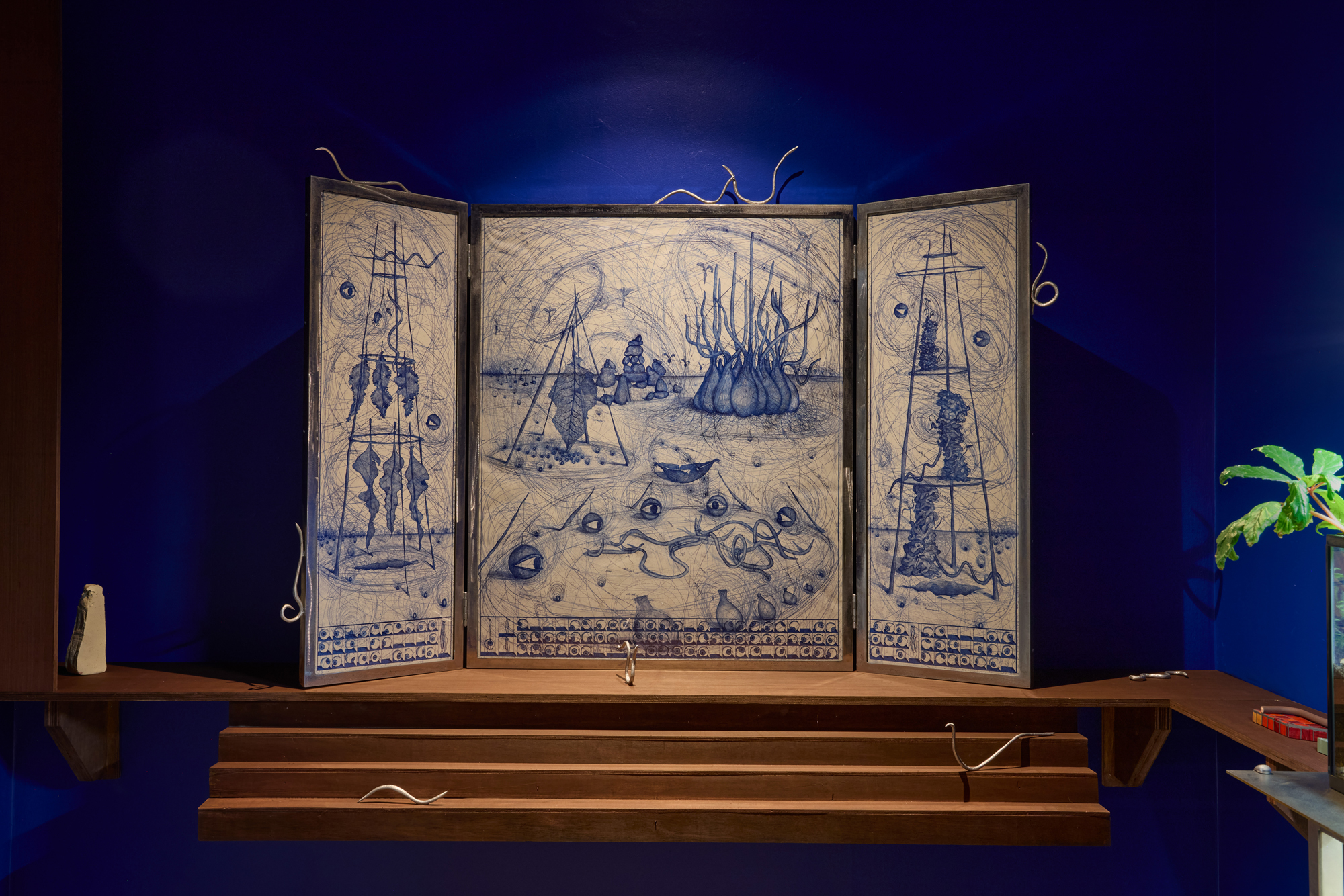






‘The Bingo table’, 2024
Commissioned by Studio Voltaire, 2024
‘In-House : Juliette Ezaoui & Ana Milenkovic’
16th Avril - 17th June 2024
Mild steel table with living and non living things displayed.
150cm x 100cm
This installation stems from my curiosity about understanding soil structure and its living web. Resembling a laboratory table, the matter is logically placed on shelves that decrease in size throughout the installation. Through the themes
of collecting and the circle of life, the elements laid out move from the living stage, where the terrarium is, to an atomic level at the lower level—a bank of atoms where the bingo takes place. Bingo of atoms, of molecules, of matter – bingo of life!
The table brings the idea of use, echoing the making of life. Using the codes of scientific furniture but in an absurd manner, just like bingo and science together, it leaves the viewer questioning the functionality of the table.
Commissioned by Studio Voltaire, 2024
‘In-House : Juliette Ezaoui & Ana Milenkovic’
16th Avril - 17th June 2024
Mild steel table with living and non living things displayed.
150cm x 100cm
This installation stems from my curiosity about understanding soil structure and its living web. Resembling a laboratory table, the matter is logically placed on shelves that decrease in size throughout the installation. Through the themes
of collecting and the circle of life, the elements laid out move from the living stage, where the terrarium is, to an atomic level at the lower level—a bank of atoms where the bingo takes place. Bingo of atoms, of molecules, of matter – bingo of life!
The table brings the idea of use, echoing the making of life. Using the codes of scientific furniture but in an absurd manner, just like bingo and science together, it leaves the viewer questioning the functionality of the table.
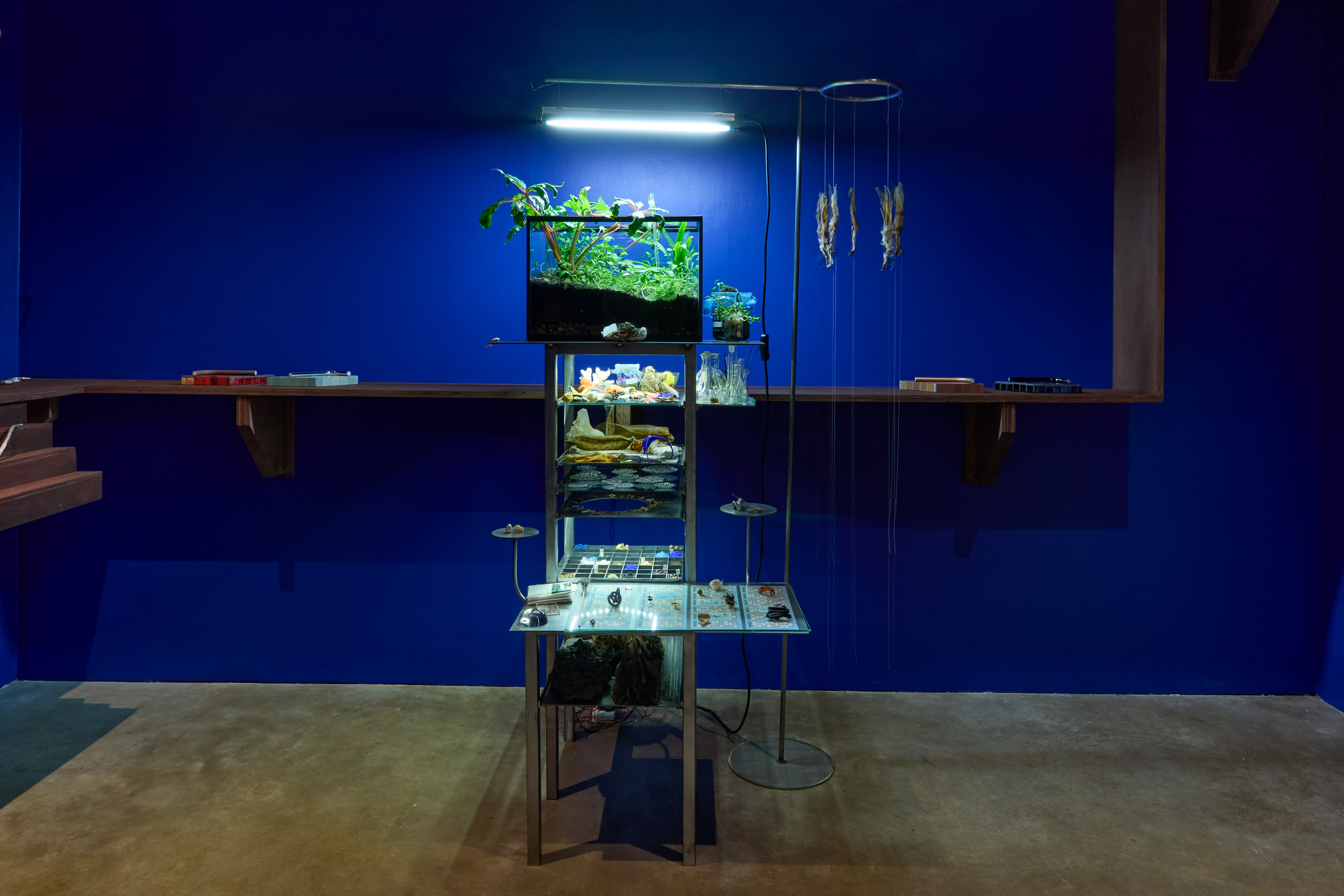
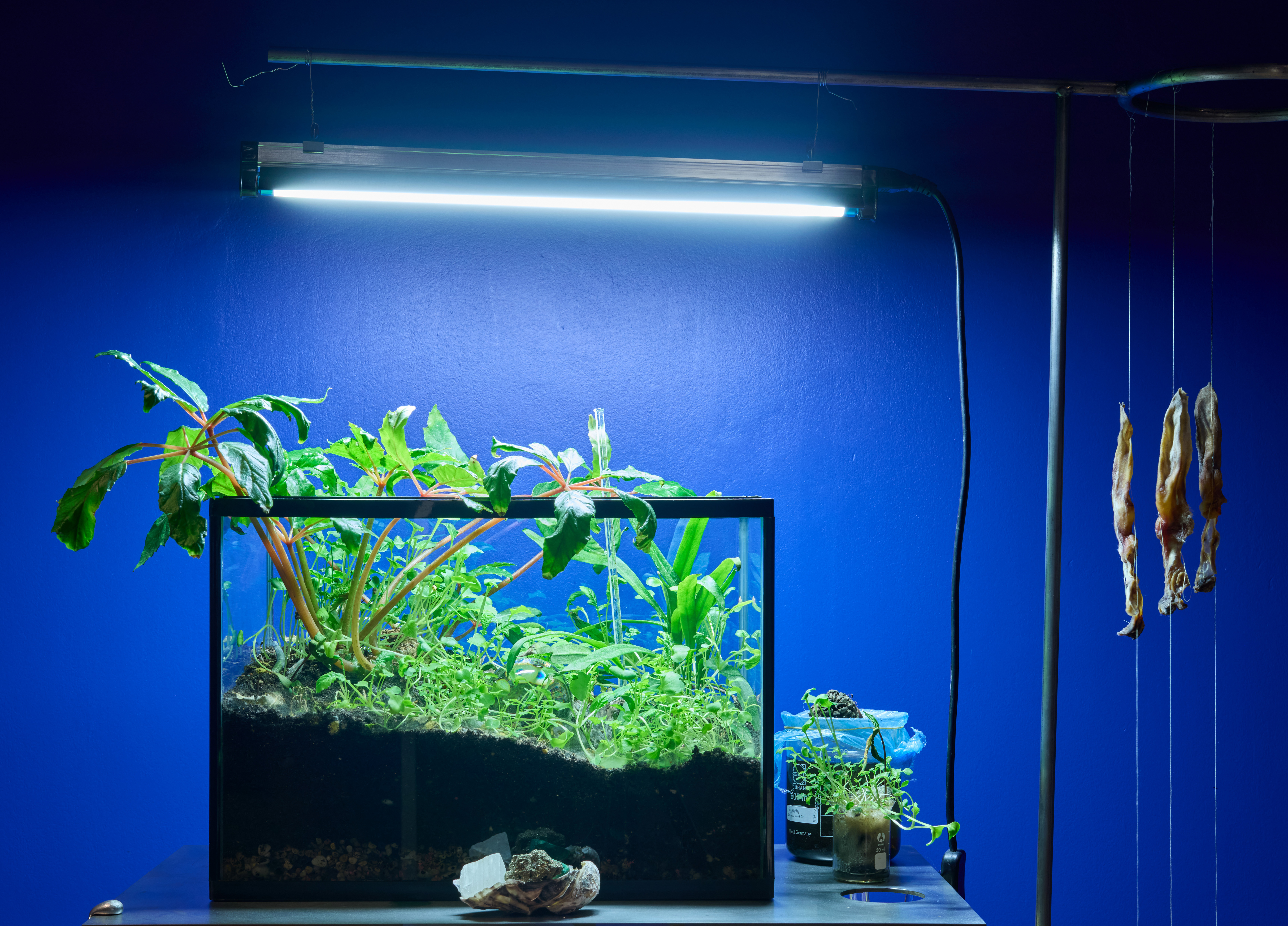
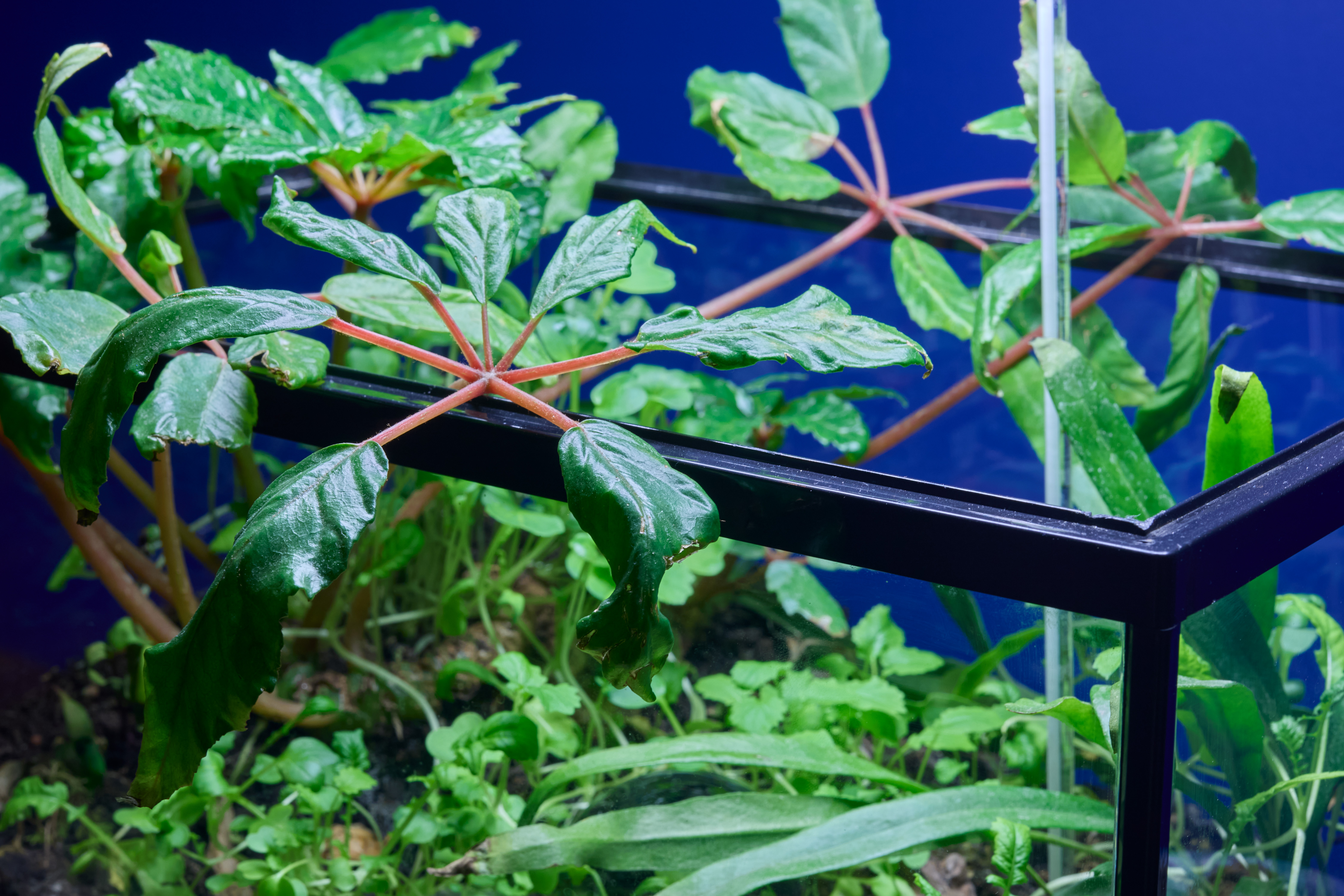




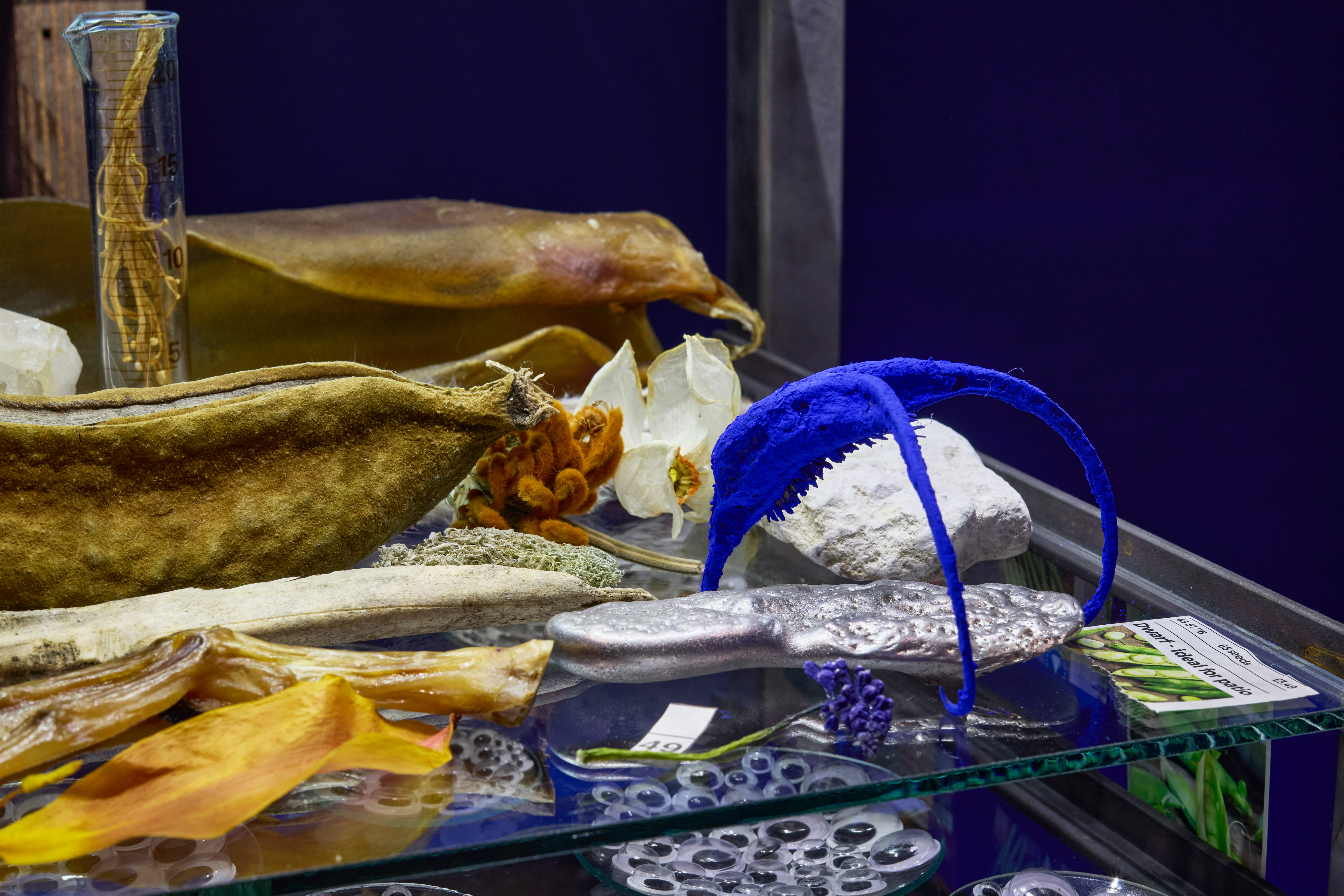


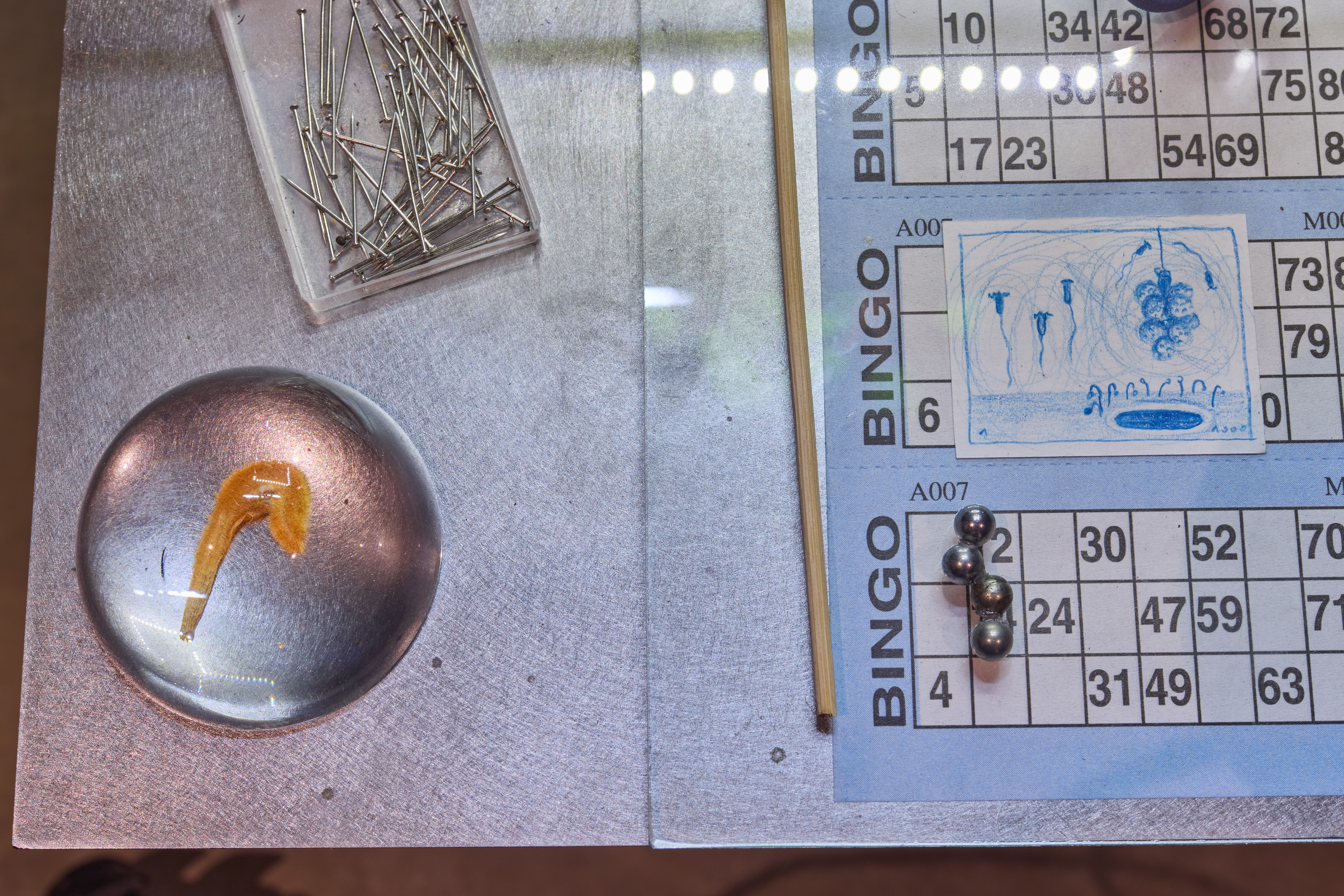
‘Witch Stone, Seed Pods, Bee Hive’, 2023
Monoprint, oil paint on recycled paper,
90cm x 64cm
I recently completed a series of cartographic drawings. Drawings like ‘Witch Stone, Seed Pods, Bee Hive’ or ‘Spore, Bingo, Evolution’ are tools that help envisage energies we cannot see in the world, though we may feel them: the energy between a person and a tree, or a tree and the microscopic life beneath it.
The objects in the drawings are navigated between, and with this navigation, there is hope of revealing something unseen by a culture of discrete quantifiables that everything is part of an interdependent system. Playing with the codes of quantifiables (grids, maps, and blueprints), the form is also subverted through the printing process. It reverses the image, including the text, whose meaning becomes skewed.
Looking in the small is looking at a different world. Each fragment is an actor within a new imagined system and also, perhaps, an element in a game.
This is a game whose rules are unknown to us. An invitation to unlearn the rules, and thus disinhibit the perceptions we have of our surroundings and how we relate to them. By decom- posing and fragmenting rules, knowledge, and habits, I believe these can be rebuilt to meet contemporary needs to foster a shift in our society paradigm.
Monoprint, oil paint on recycled paper,
90cm x 64cm
I recently completed a series of cartographic drawings. Drawings like ‘Witch Stone, Seed Pods, Bee Hive’ or ‘Spore, Bingo, Evolution’ are tools that help envisage energies we cannot see in the world, though we may feel them: the energy between a person and a tree, or a tree and the microscopic life beneath it.
The objects in the drawings are navigated between, and with this navigation, there is hope of revealing something unseen by a culture of discrete quantifiables that everything is part of an interdependent system. Playing with the codes of quantifiables (grids, maps, and blueprints), the form is also subverted through the printing process. It reverses the image, including the text, whose meaning becomes skewed.
Looking in the small is looking at a different world. Each fragment is an actor within a new imagined system and also, perhaps, an element in a game.
This is a game whose rules are unknown to us. An invitation to unlearn the rules, and thus disinhibit the perceptions we have of our surroundings and how we relate to them. By decom- posing and fragmenting rules, knowledge, and habits, I believe these can be rebuilt to meet contemporary needs to foster a shift in our society paradigm.


‘Spore, Bingo, Evolution’, 2023
Monoprint, oil paint on recycled paper, 90cm x 64cm
‘Radish, Holley Stone, Electron’, 2023
Monoprint, oil paint on recycled paper,
90cm x 64cm
Monoprint, oil paint on recycled paper,
90cm x 64cm

‘Protozoa, Kale, Voltaire’, 2023
Monoprint, oil paint on recycled paper,
90cm x 64cm
Monoprint, oil paint on recycled paper,
90cm x 64cm

‘Potatoes, Clay, Ants’,2023
Monoprint, oil paint on recycled paper,
90cm x 64cm
Monoprint, oil paint on recycled paper,
90cm x 64cm

‘Collection of Sand II’, 2022
Gloves, parsley, tape, borlitti bean, polyethylene, jade, ceramic, green manure, emergency blan- ket, tape mesure, carolina cayenne chilli, thread, bamboo, rhubarbe, sand, painting from Sukey Sleeper, paper clips, nitrogene, clay, micro organism, polystyrene, dwarf french bean purple queen , painting from Phillip Reeves, golden cayenne chilli, etc.
Site specific installation for OrganicLea aniversary festival. OrganicLea is a community food project based in the Lea Valley in north-east London. With a workers’ cooperative at theirs core, they bring people together to take action towards a more just and sustainable society.
This installation is part of a series of work exploring the system of life. The work is buil with elements gleaned in OrganicLea, its surroundings and components from previous artwork. Introducing the circular economy with its transformation process into the process of the artwork.
The work often lies on a table, a place where thoughts flows and where we have dedicated time to think. The table became a sort of map, a mind map, a Sci-fi map, or simply a map of OrganicLea seen through ants’ eyes? Through a cartographic layout, we jump from the mico and the macro. The components are lined up from A to B, inviting to question the idea of no- menclature, definition and boundaries.
The title comes from Italo Calvino’ book, in his short nouvelle ‘Collection of Sand’ he explores the underneath of what is the purpose of a collection, the impulse of collecting objects and what existential question lies in this act.
Gloves, parsley, tape, borlitti bean, polyethylene, jade, ceramic, green manure, emergency blan- ket, tape mesure, carolina cayenne chilli, thread, bamboo, rhubarbe, sand, painting from Sukey Sleeper, paper clips, nitrogene, clay, micro organism, polystyrene, dwarf french bean purple queen , painting from Phillip Reeves, golden cayenne chilli, etc.
Site specific installation for OrganicLea aniversary festival. OrganicLea is a community food project based in the Lea Valley in north-east London. With a workers’ cooperative at theirs core, they bring people together to take action towards a more just and sustainable society.
This installation is part of a series of work exploring the system of life. The work is buil with elements gleaned in OrganicLea, its surroundings and components from previous artwork. Introducing the circular economy with its transformation process into the process of the artwork.
The work often lies on a table, a place where thoughts flows and where we have dedicated time to think. The table became a sort of map, a mind map, a Sci-fi map, or simply a map of OrganicLea seen through ants’ eyes? Through a cartographic layout, we jump from the mico and the macro. The components are lined up from A to B, inviting to question the idea of no- menclature, definition and boundaries.
The title comes from Italo Calvino’ book, in his short nouvelle ‘Collection of Sand’ he explores the underneath of what is the purpose of a collection, the impulse of collecting objects and what existential question lies in this act.







‘Collection of Sand’, 2022
Site specific installation realized during a month long residency at the Cyprus College of Art.
Table, snails, Solandra maxima, scissors, cala- mondin, oil ink, glass of water, 5$, string, eucalyptus fruit, water, brick, video, oxygen, pastel, mirror, liz- zard, pomegranate, pins, charcoal, composite timber, chair, seeds, 120gm paper, oxidised metal, needles, Opunta ficus-indica, olive pips, wire metal, tape, glue, roots.
Site specific installation realized during a month long residency at the Cyprus College of Art.
Table, snails, Solandra maxima, scissors, cala- mondin, oil ink, glass of water, 5$, string, eucalyptus fruit, water, brick, video, oxygen, pastel, mirror, liz- zard, pomegranate, pins, charcoal, composite timber, chair, seeds, 120gm paper, oxidised metal, needles, Opunta ficus-indica, olive pips, wire metal, tape, glue, roots.
‘The table maker II’, 2022
Installation comissioned by John Wyatt-Clarke currator for ‘Room Share’ organized by BLINK Collective at the Safe House in Peckham London.
Table, plant catalogue, string, Kalanchoe beharensis, coir, clay, ruller, charcoal, cissors, oyster shell, pearl, aralia, corals, timber, grape stem, glue, needles, paper, metal wire, sand, ink, wool, tape, ceramic.
This work was presented with an audio piece realized by Lisa Hall & Hannah Kemp-Welch, Sound Map (2017), 14 audio works, 2 minutes each.
Installation comissioned by John Wyatt-Clarke currator for ‘Room Share’ organized by BLINK Collective at the Safe House in Peckham London.
Table, plant catalogue, string, Kalanchoe beharensis, coir, clay, ruller, charcoal, cissors, oyster shell, pearl, aralia, corals, timber, grape stem, glue, needles, paper, metal wire, sand, ink, wool, tape, ceramic.
This work was presented with an audio piece realized by Lisa Hall & Hannah Kemp-Welch, Sound Map (2017), 14 audio works, 2 minutes each.

